https://www.alexandermcqueen.com/experience/en/alexander-mcqueen-roses/
There were so many gorgeous dresses and details that it was a huge effort to make the number of photos manageable for a blog post (and I didn’t even photograph all the items on display). To make things more coherent for you and myself I have split Roses into three posts: Coming Up Roses, Flower Power and Tell it to the Bees. I’m mostly keeping wordage to the descriptions given of each piece, as you can see for yourselves how stunning they are.
A draped, overlapping trompe l’oeil petal jacket predates the drapes and folds of the AW19 rose dress. The duchess satin jacket is worn over a silk tulle dress jewelled with glass rubies.’
A dramatic inspiration behind the AW19 rose dress, the voluminous taffeta shape and pintucked neckline were closely studied and reconfigured.’ Bottom right shown with the black taffeta rose dress it inspired.
I chose to include this version rather than the Lust Red one because the details came out clearer in photos.
Corseted skirt suit with an exploded neckline and sleeves filled with a mix of fresh roses, hydrangeas and silk organza flowers. Restored with hand-dyed silk organza flowers in delicate hues of lavender, eau de Nil and pale pink, some original dried flowers survive.’
‘SS07 Sarabande, Look 42
Hand-dyed ombre petals trapped under draped fine silk tulle with a chantilly lace scalloped corset in shades of mauve, faded amethyst and tea rose.’
The Sarabande finale dress was a mix of fresh roses, hydrangeas and silk organza flowers. Restored with hand-dyed silk organza flowers in delicate hues of lavender, eau de Nil and pale pink, some original dried flowers survive.’
‘’… the flowers were real, and couldn’t be put on until the last minute… they began to drop as she walked, leaving a trail of flowers behind her… people were gasping…’’ Sarah Burton
‘We’ve referenced the rose in many collections. To me, it’s the queen of flowers, the most British flower of all, a symbol of femininity… I love the fragility and splendour of it… the idea that it represents birth and rebirth and the whole life cycle… which has beauty as a bud and beauty through its decay [… ]It’s taffeta… The colour is what we call lust red, and we’ve had it for many seasons. It’s an iconic red for us, a really specific red. It’s a very saturated red in a collection that was very grey and black… [Lee] developed this amazing technique… where you stich all the fabric into the pleats, cut away the fabric from behind, and mould it to the body. We used that same technique… I wanted to then rework the skirt […] into the shape of rose petals […] The fabric needed to keep its volume and not be too light or too heavy. Because it’s quite light, the silk taffeta has a memory to it so it could retain the form of the roses…’ Sarah Burton
You’re supposed to leave your audience/reader wanting more, so I will! Until part two of this blog post. Perhaps you’ll be inspired to go off on your own voyage of discovery of Alexander McQueen.
https://www.alexandermcqueen.com/experience/en/
https://www.vogue.com/fashion-shows/fall-2019-ready-to-wear/alexander-mcqueen
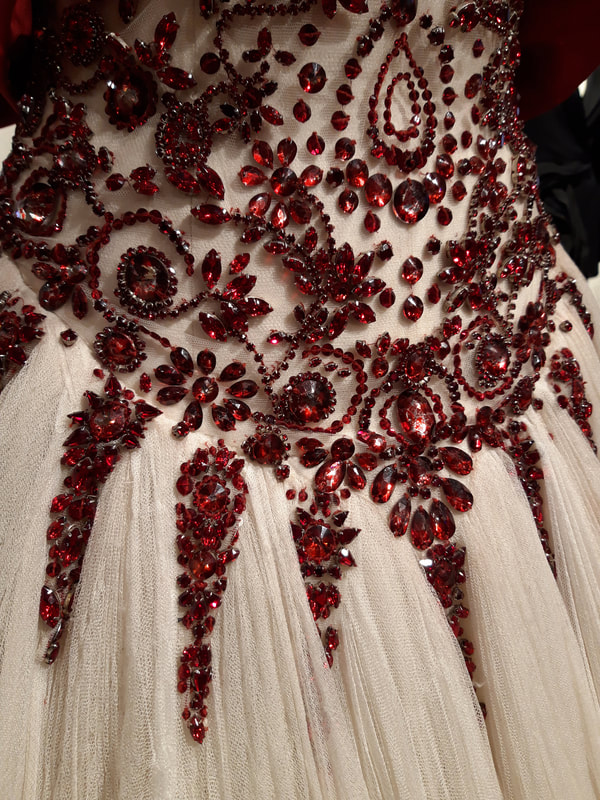
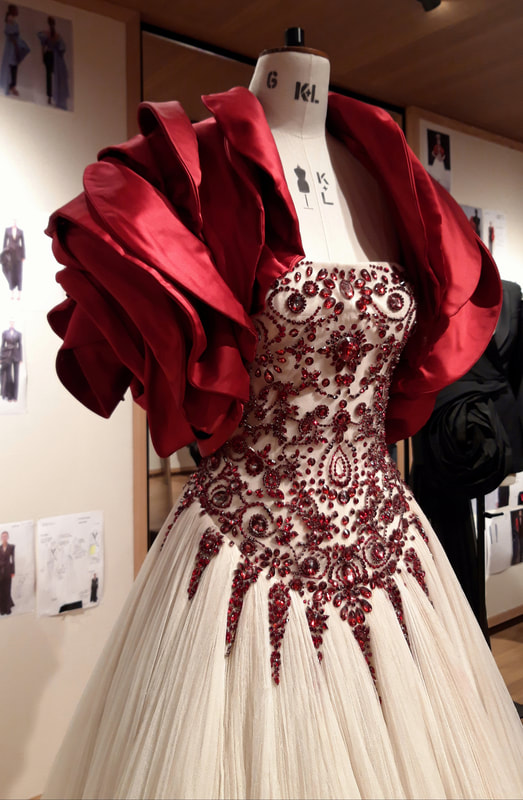
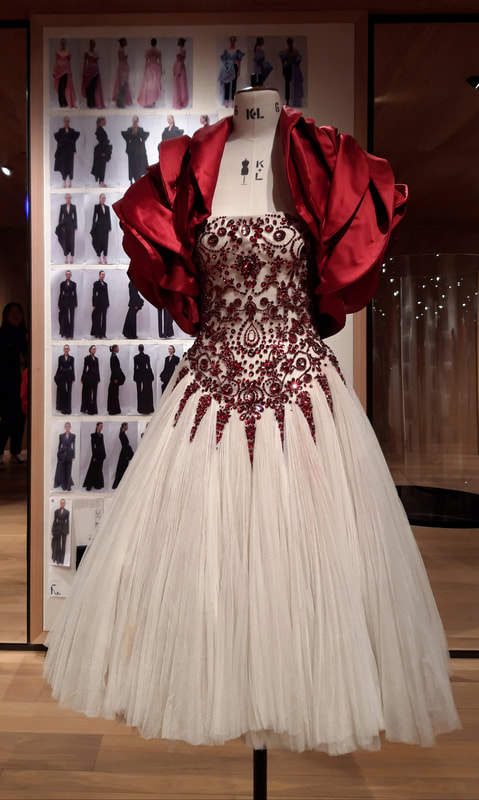
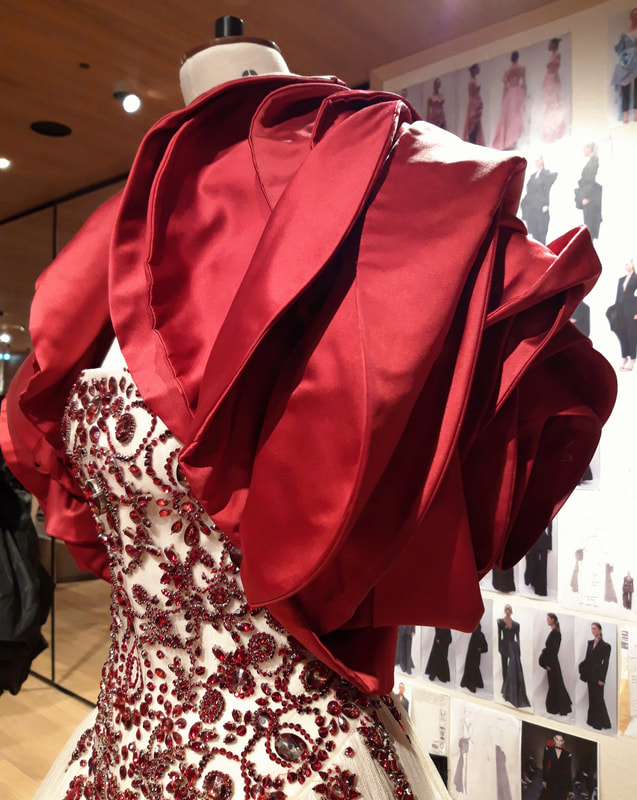
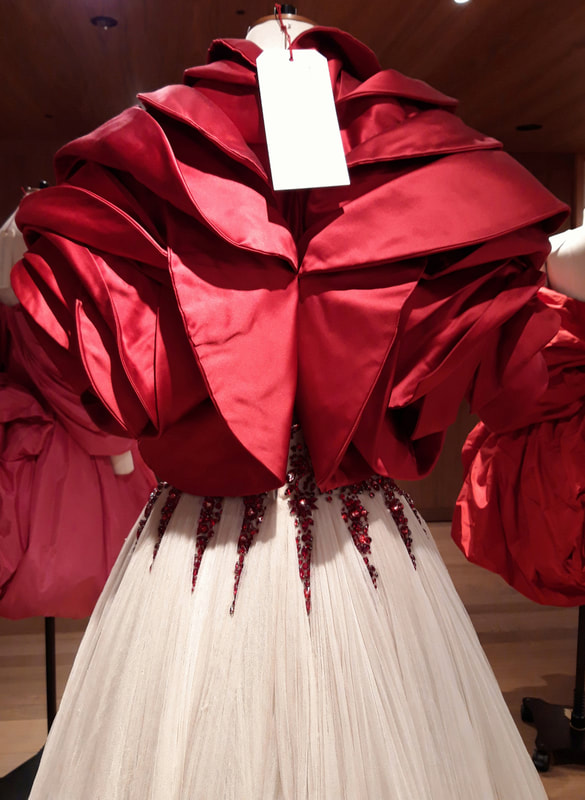
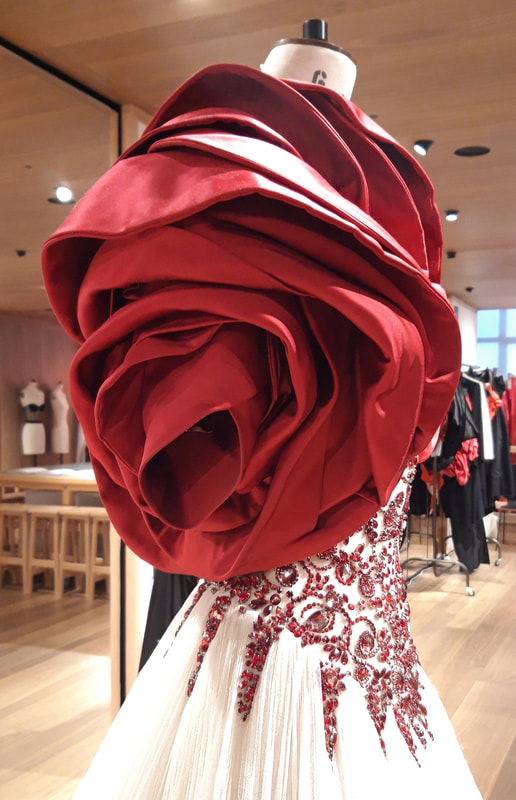
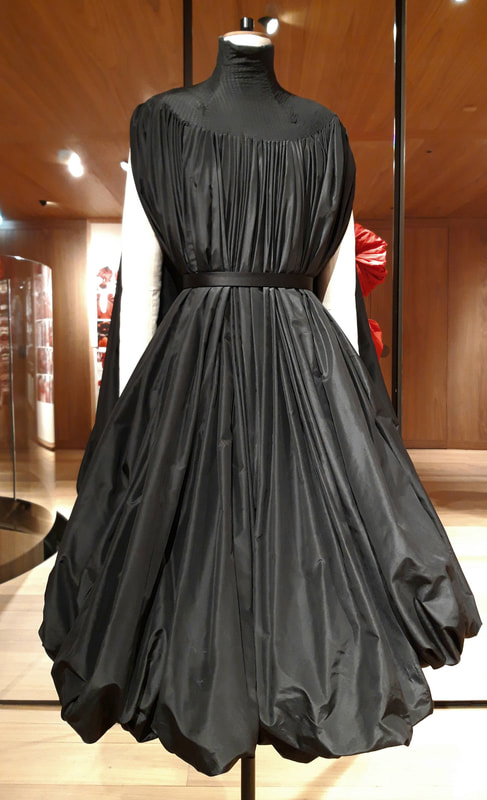
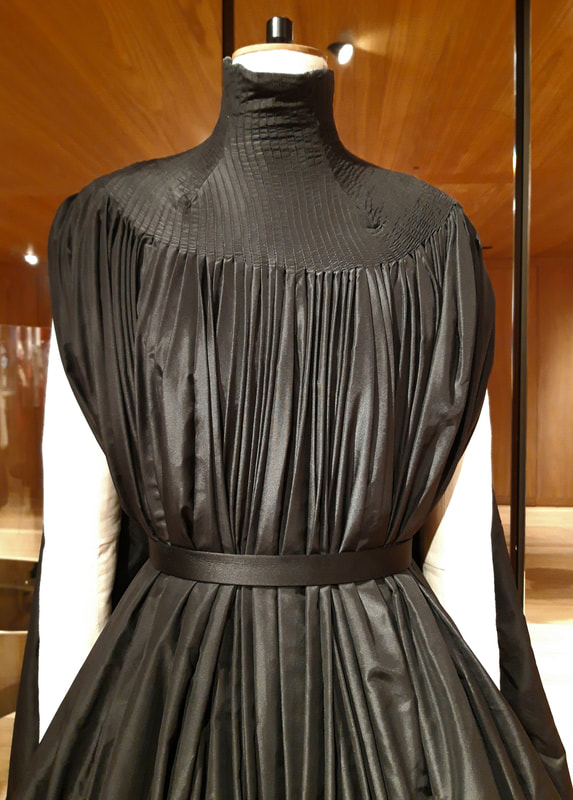
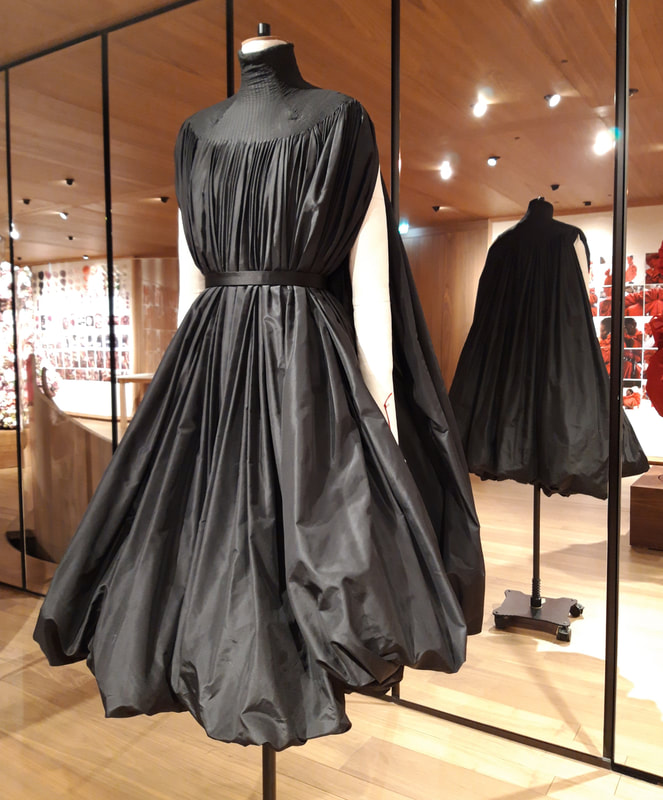
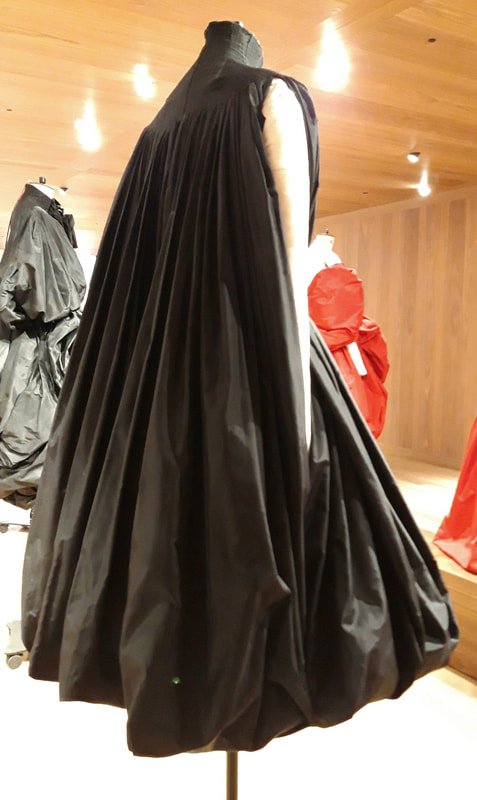

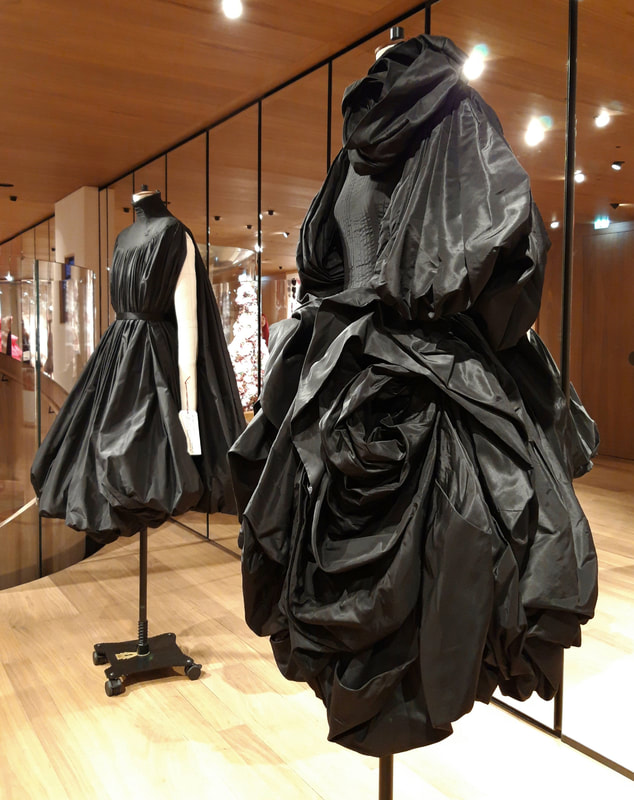

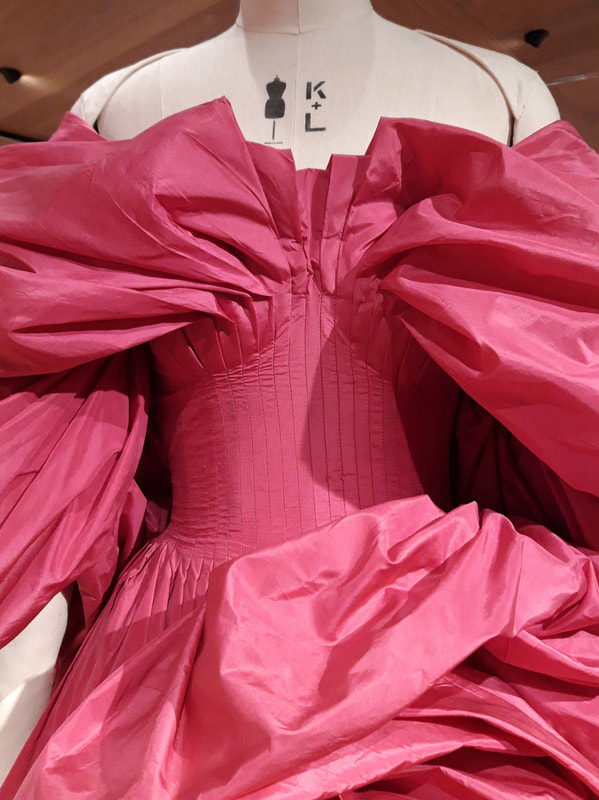
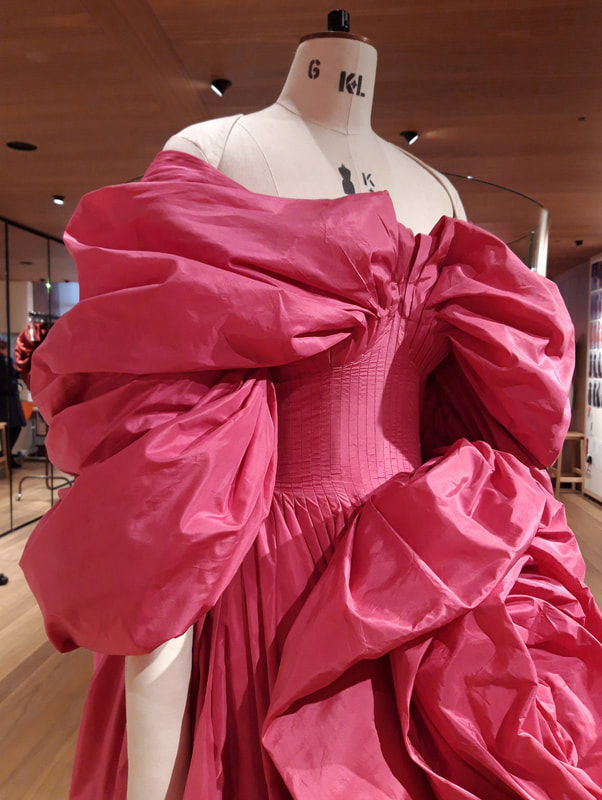

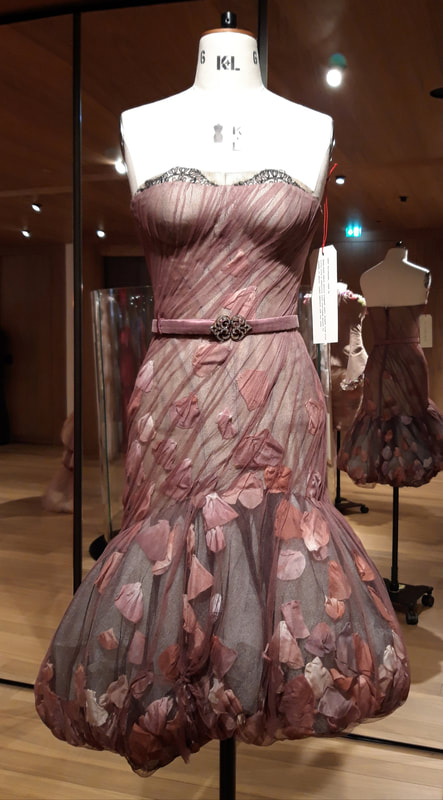
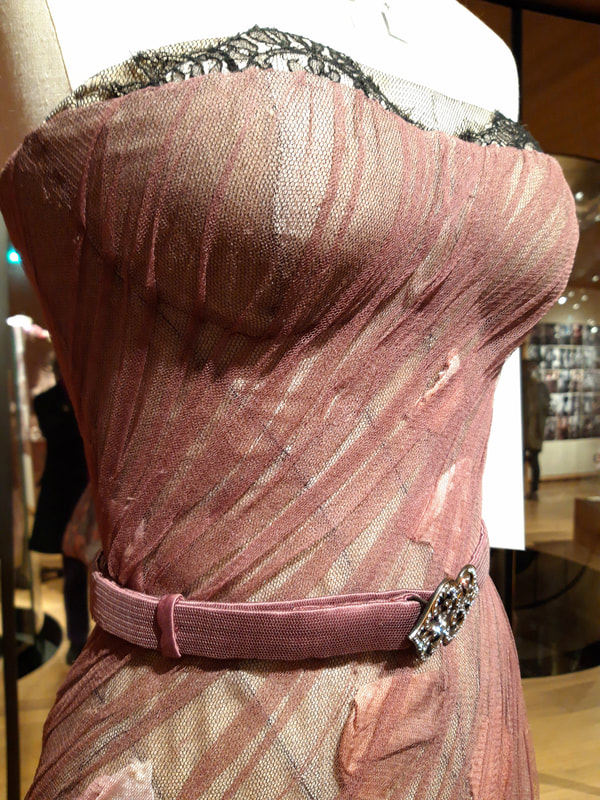
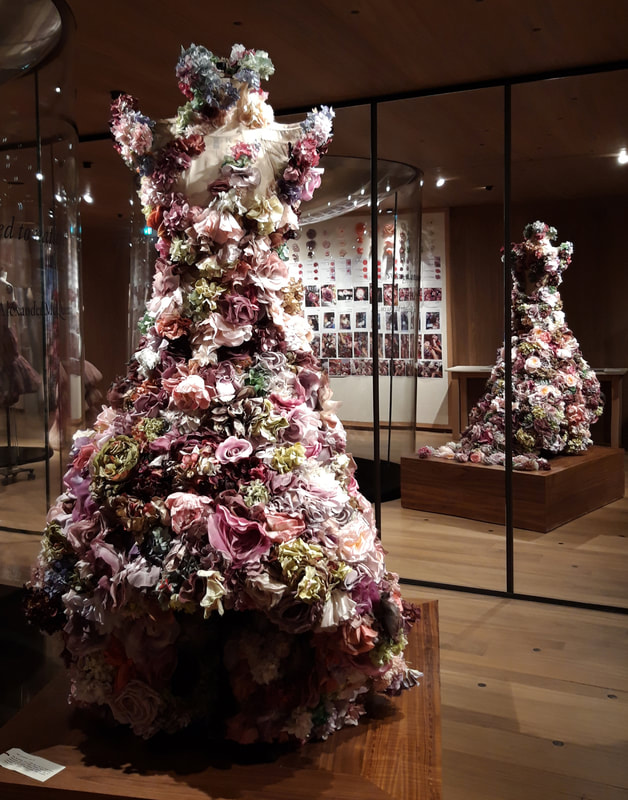
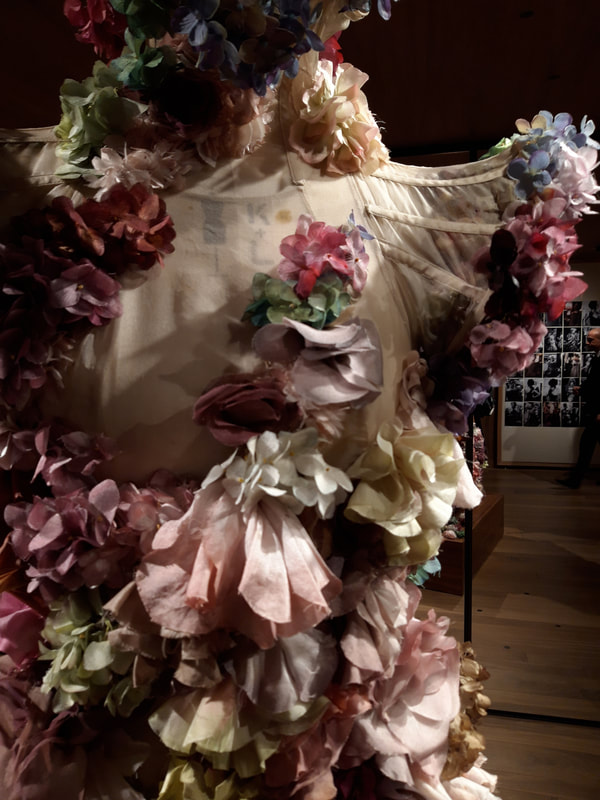
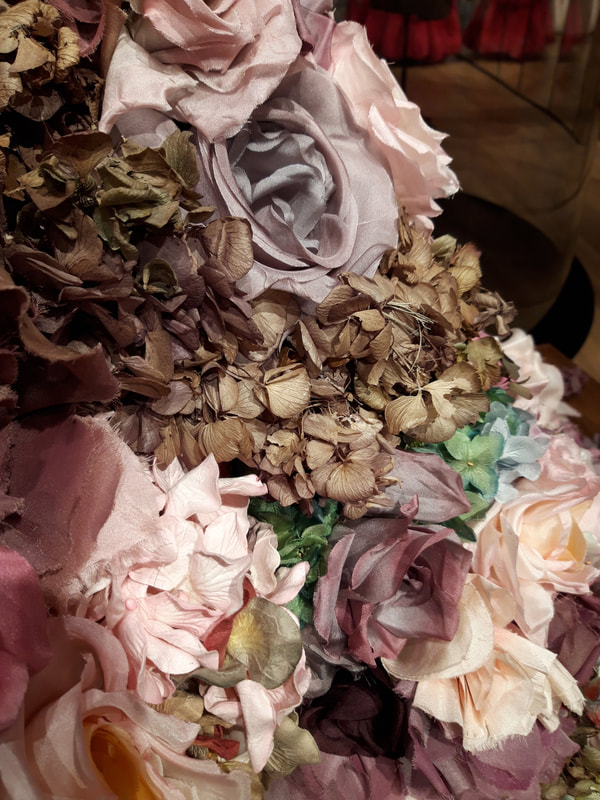
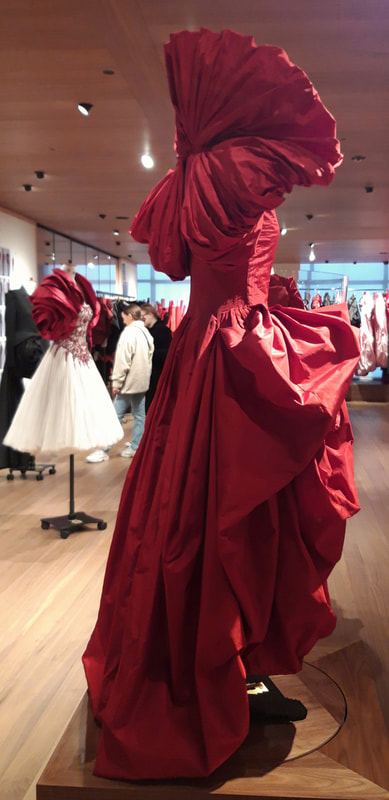
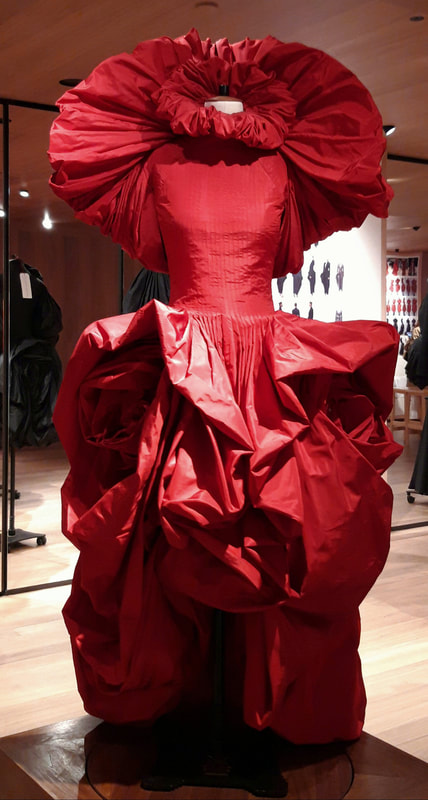
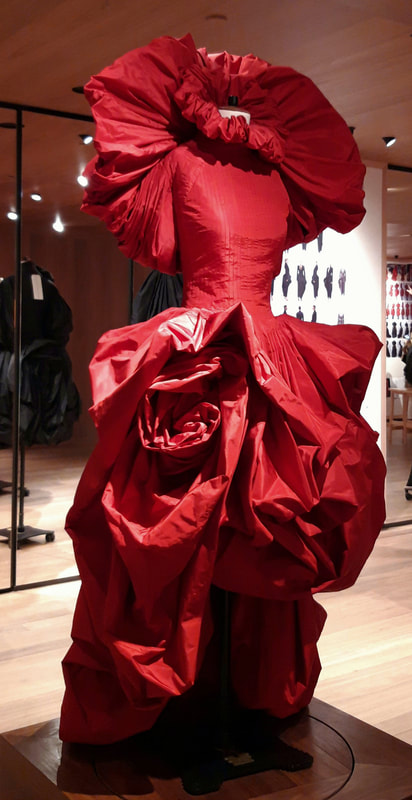
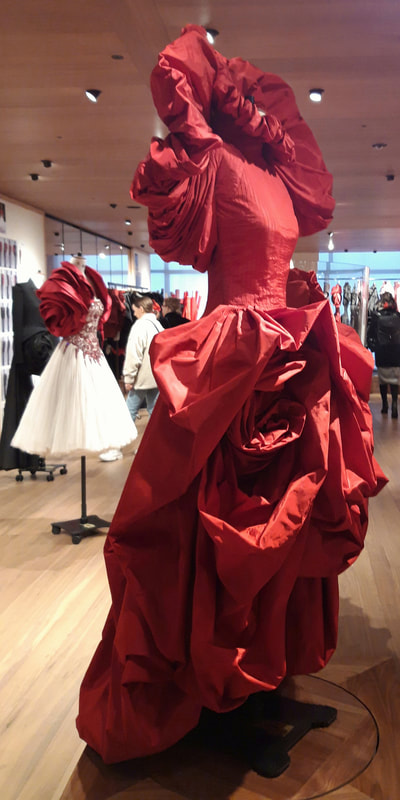
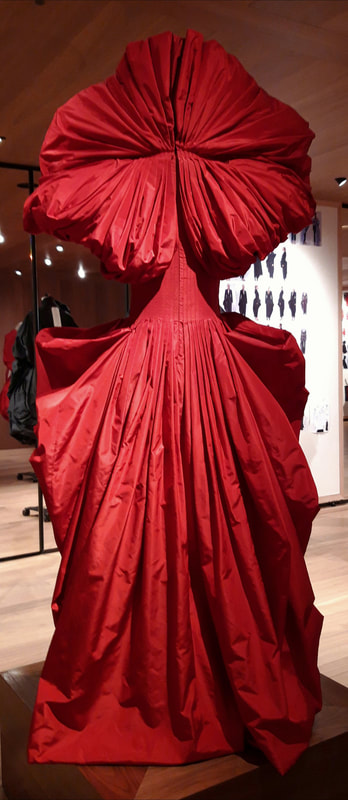
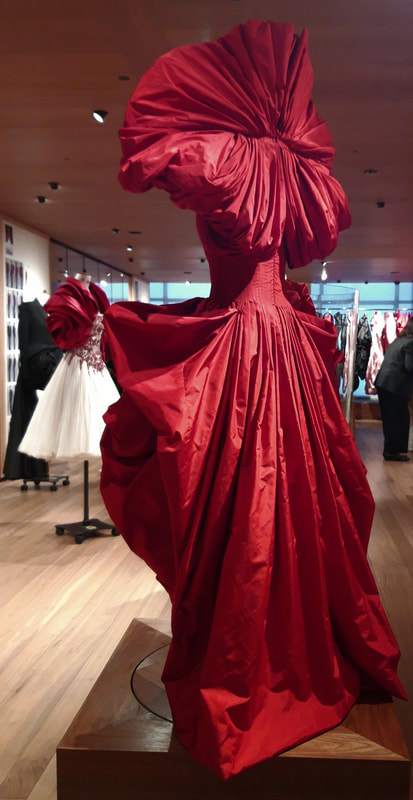

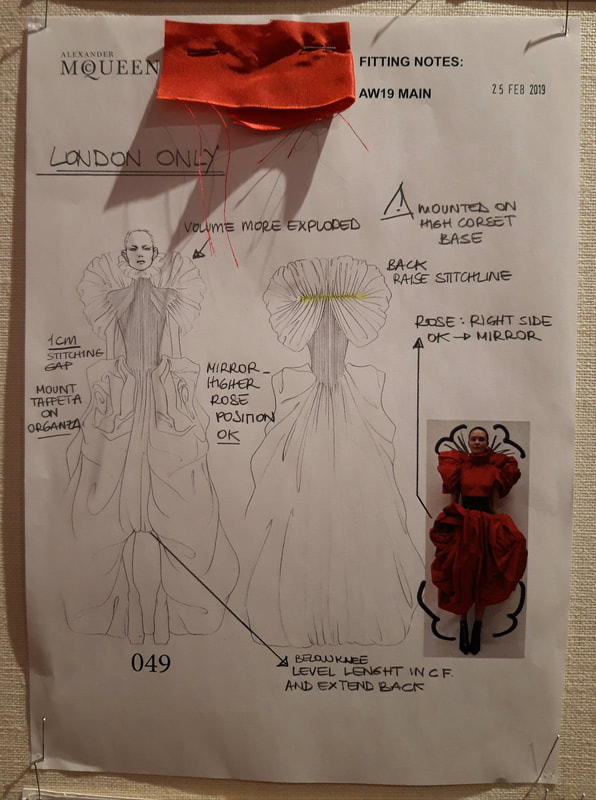
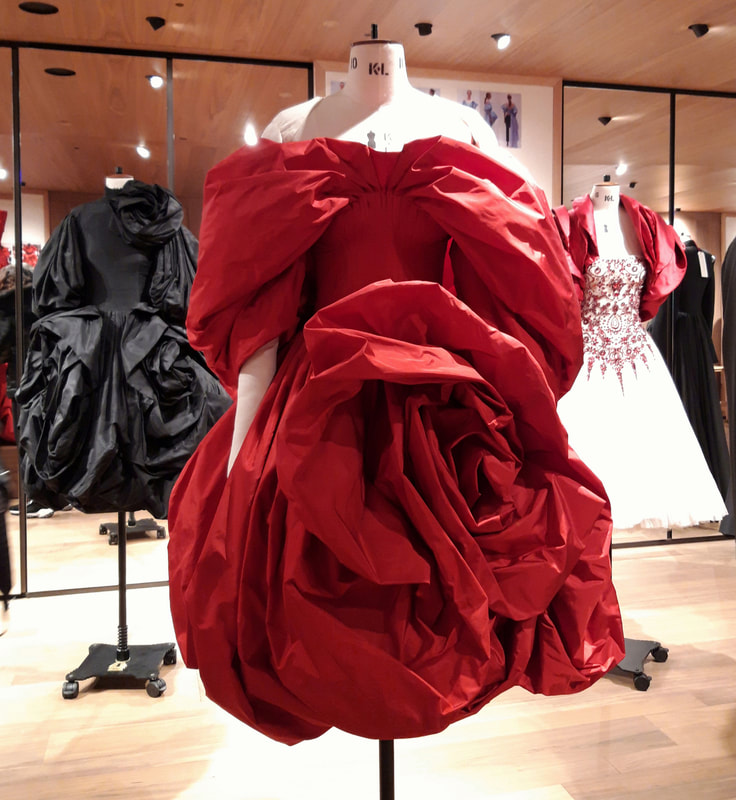
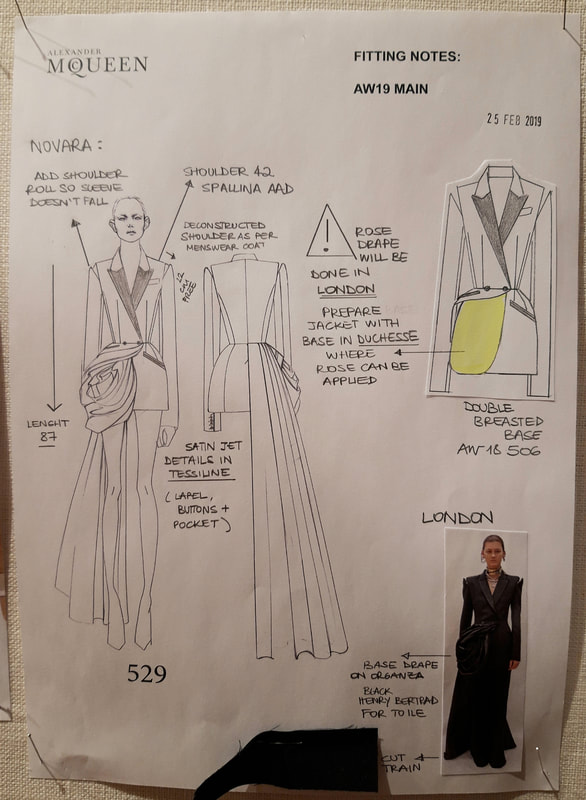
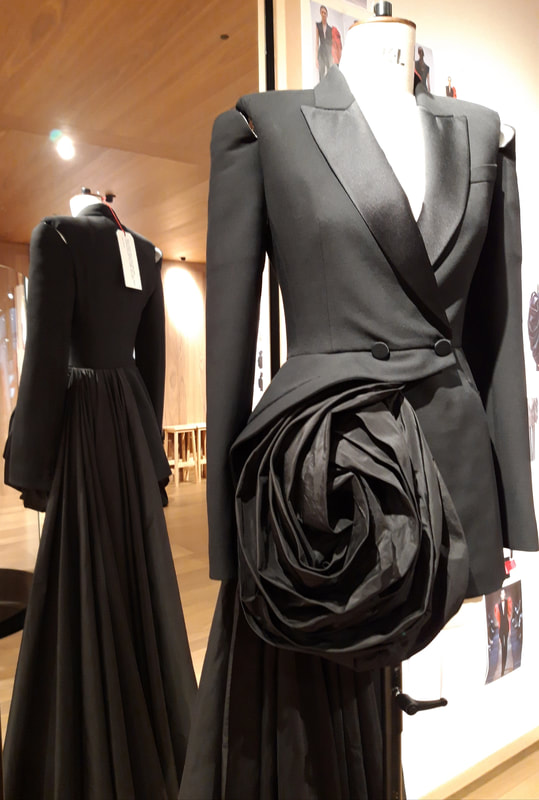
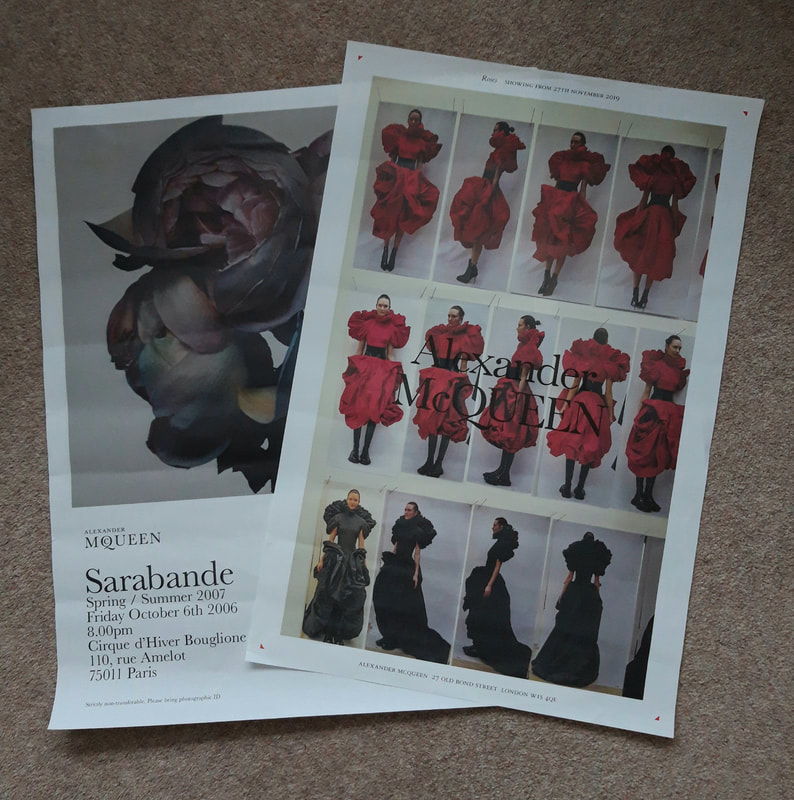
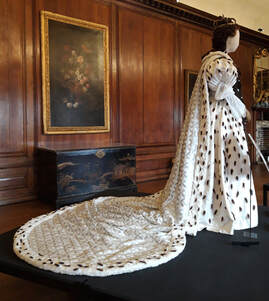
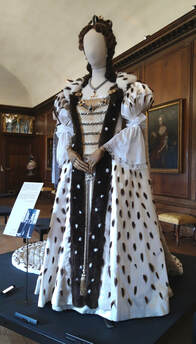
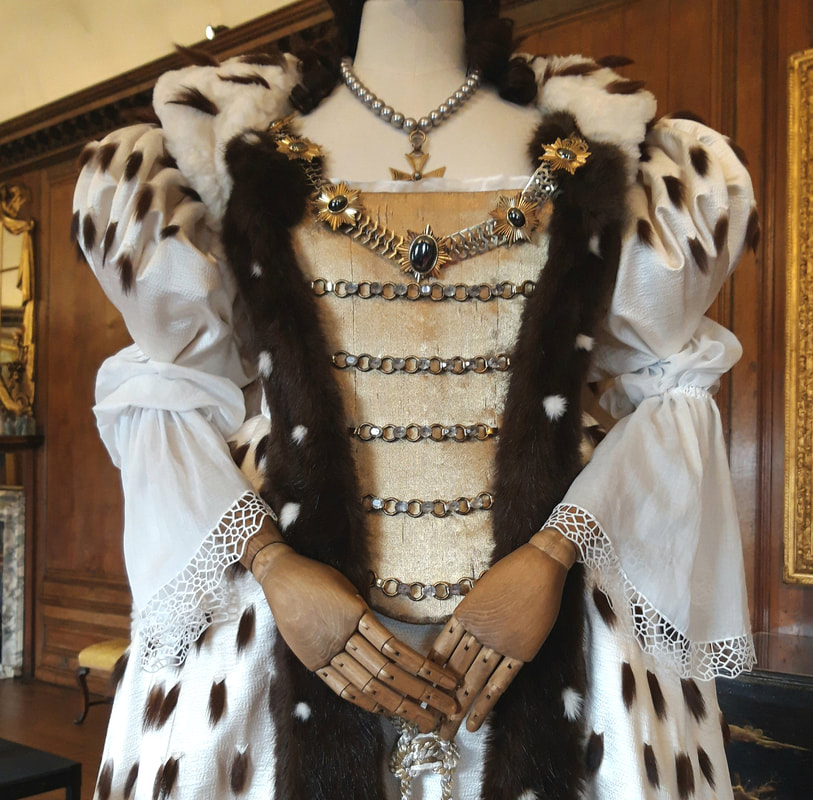
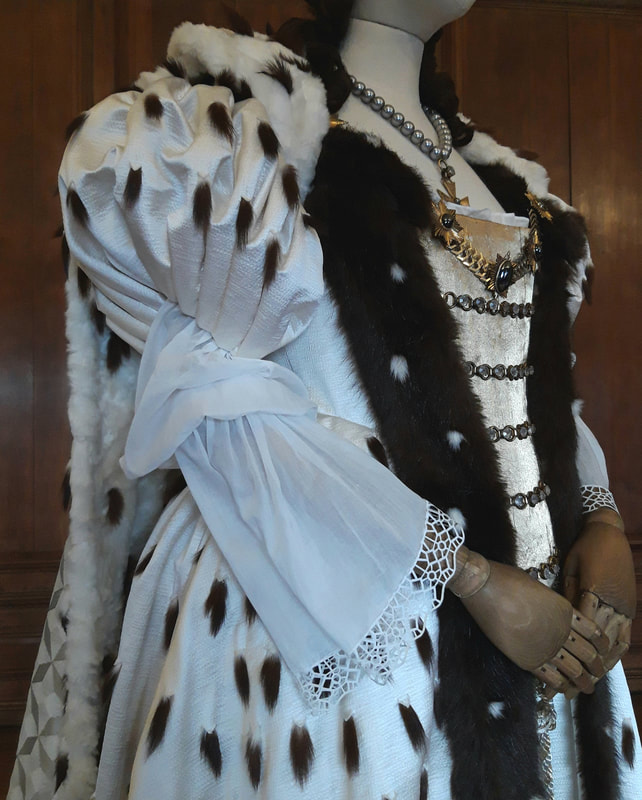
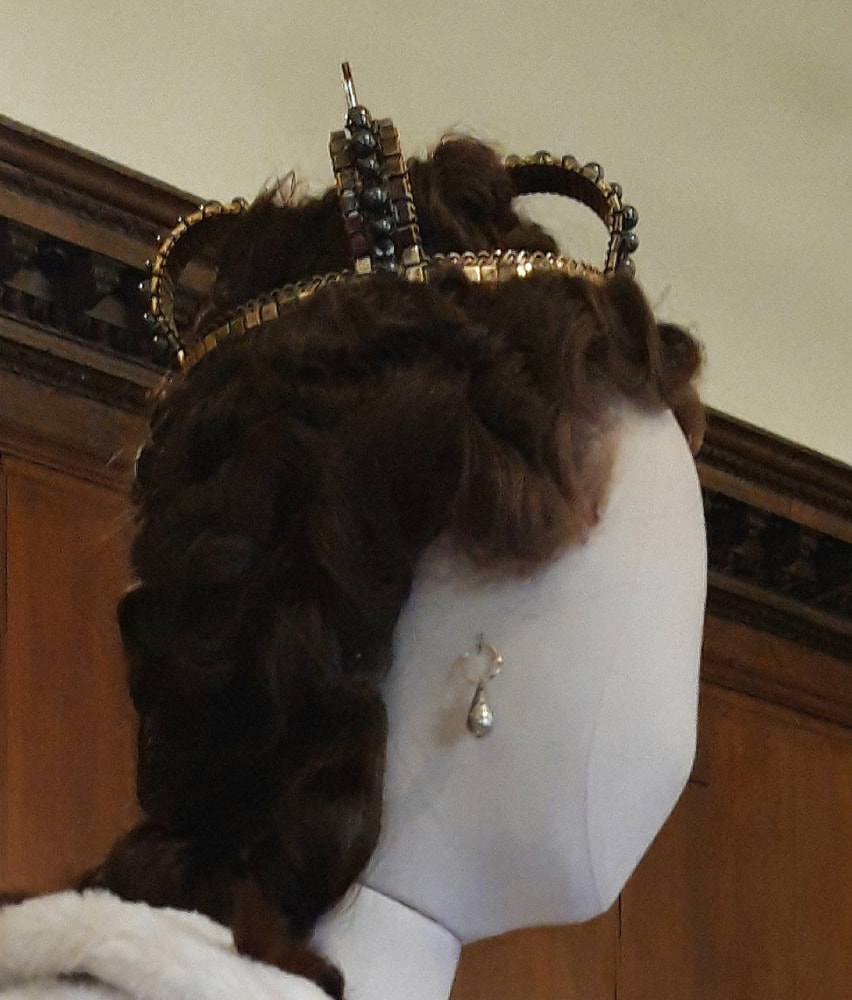
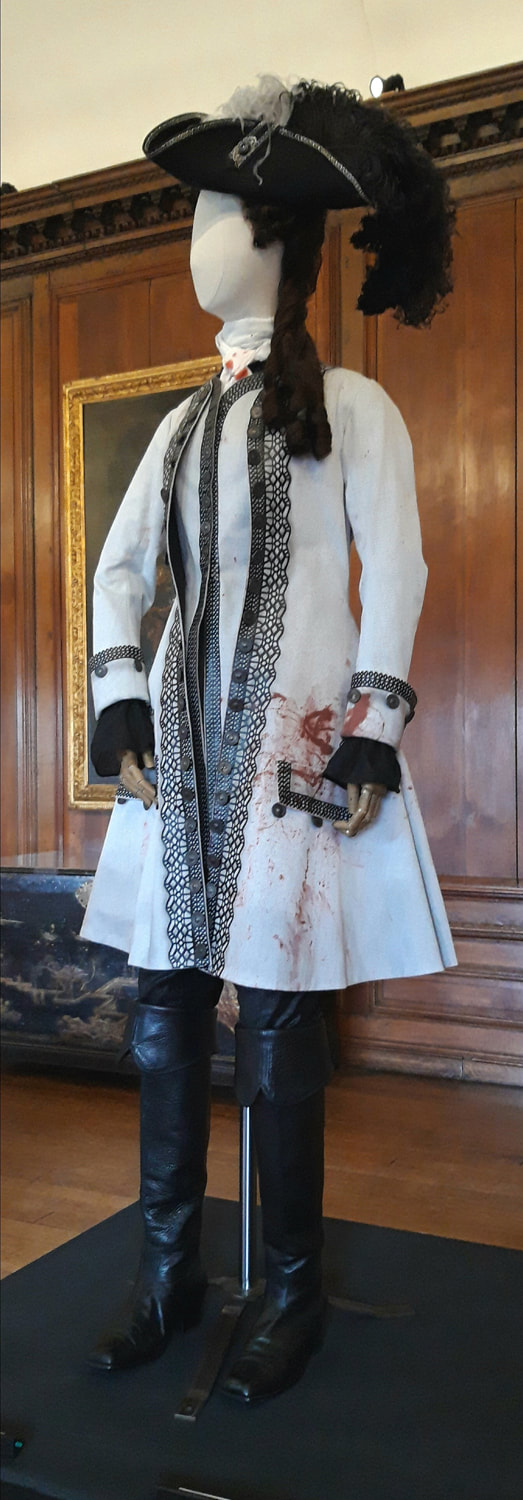
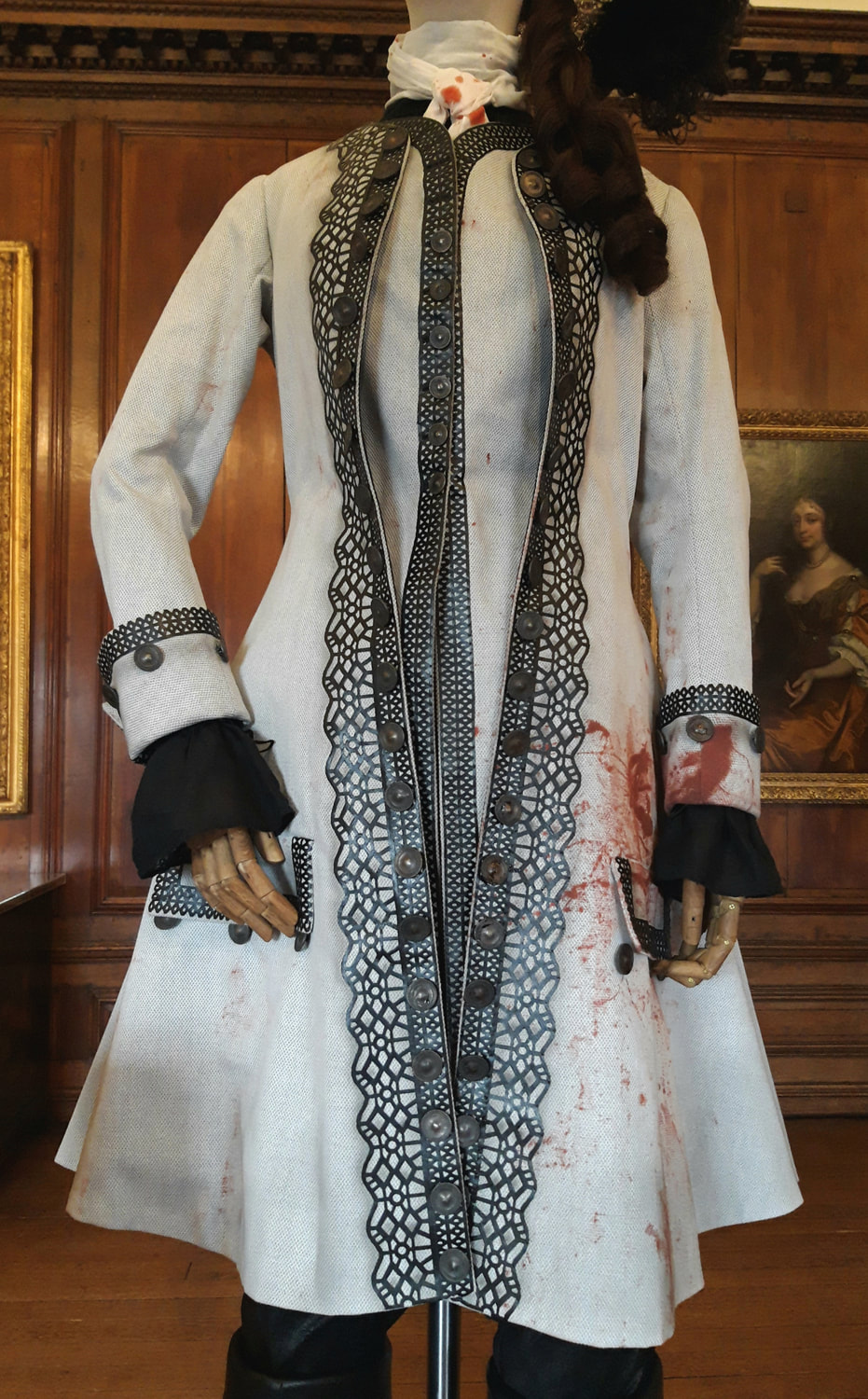

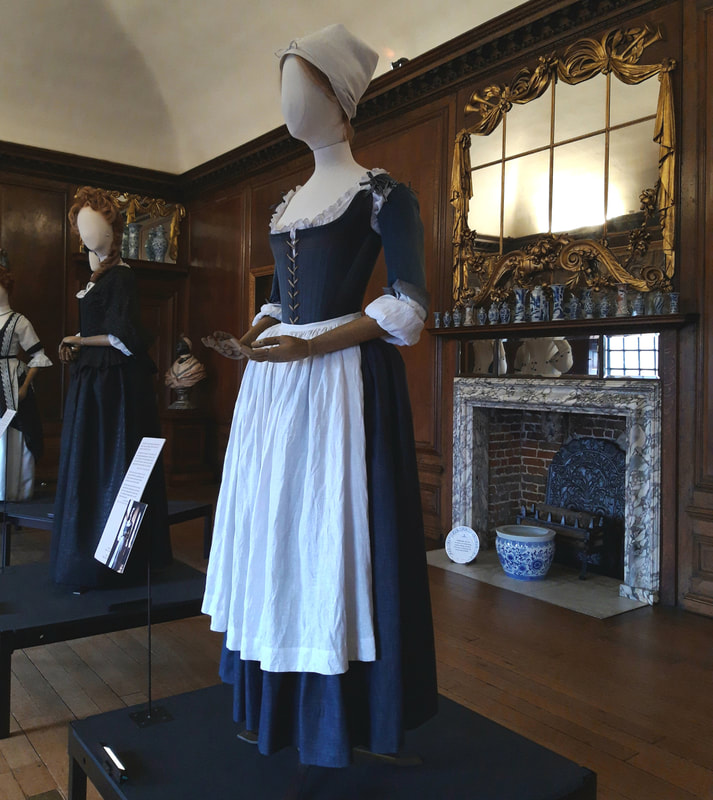
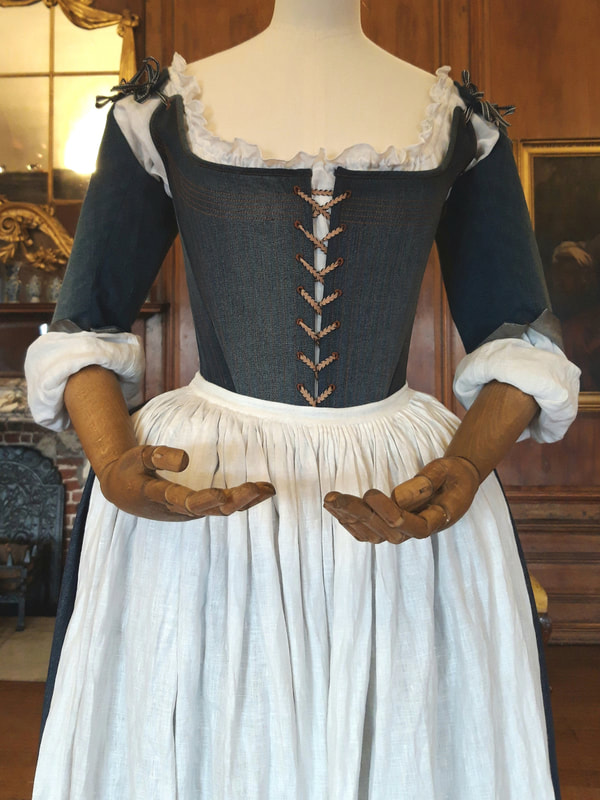
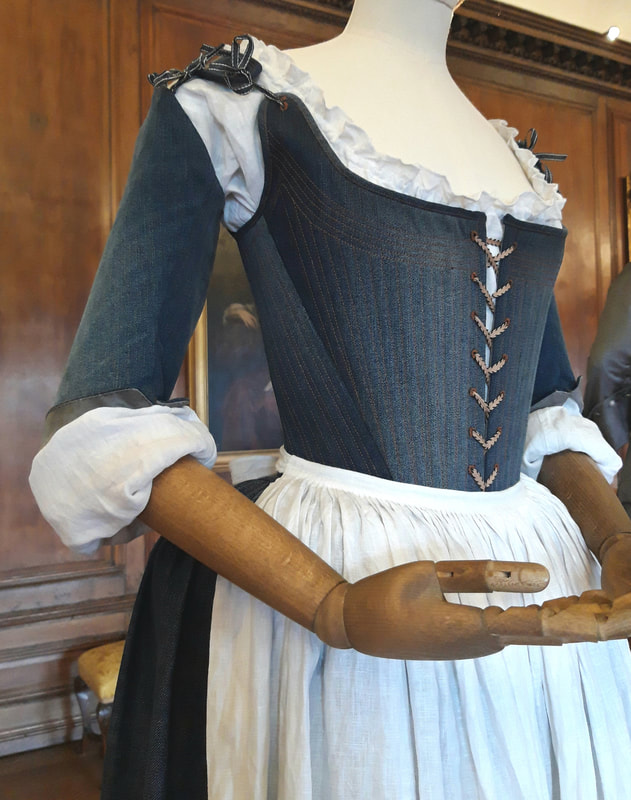
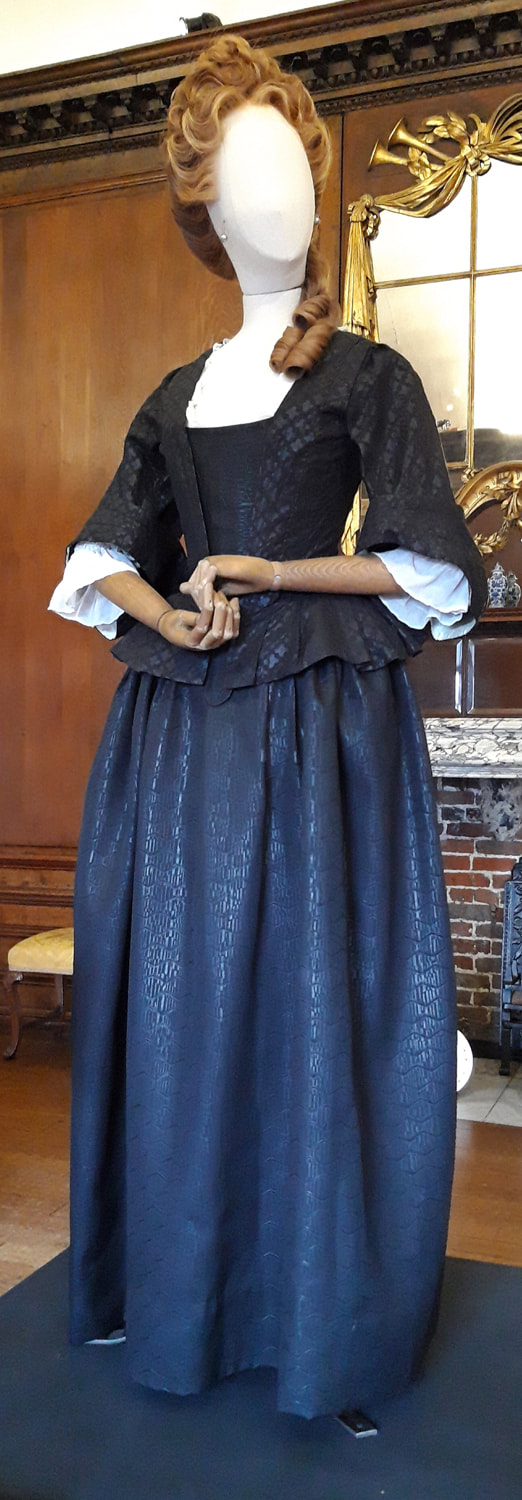

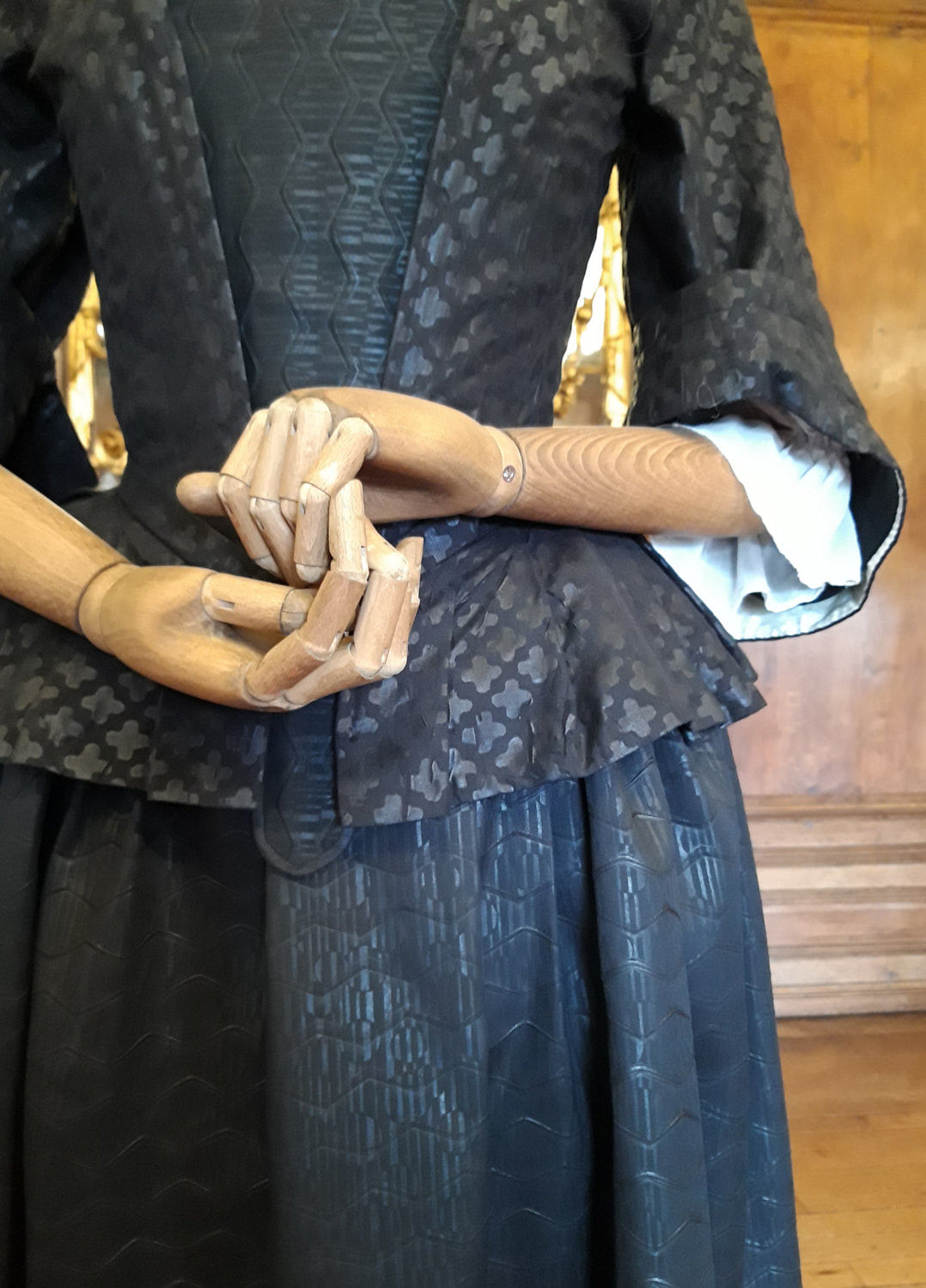
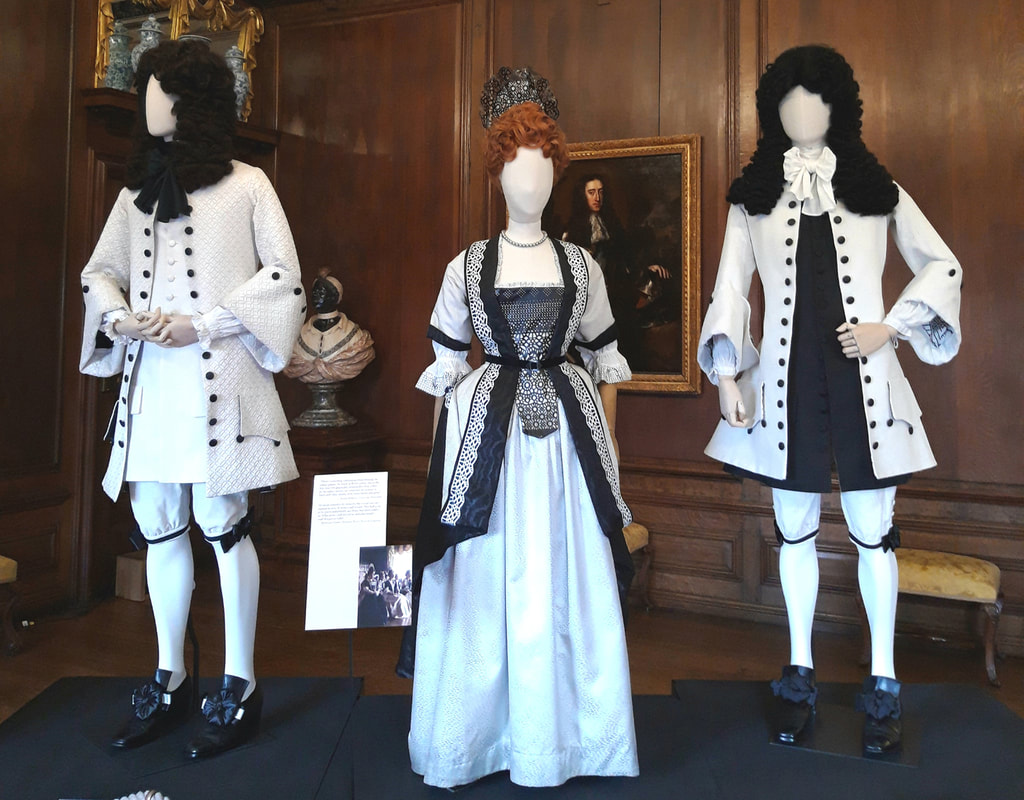
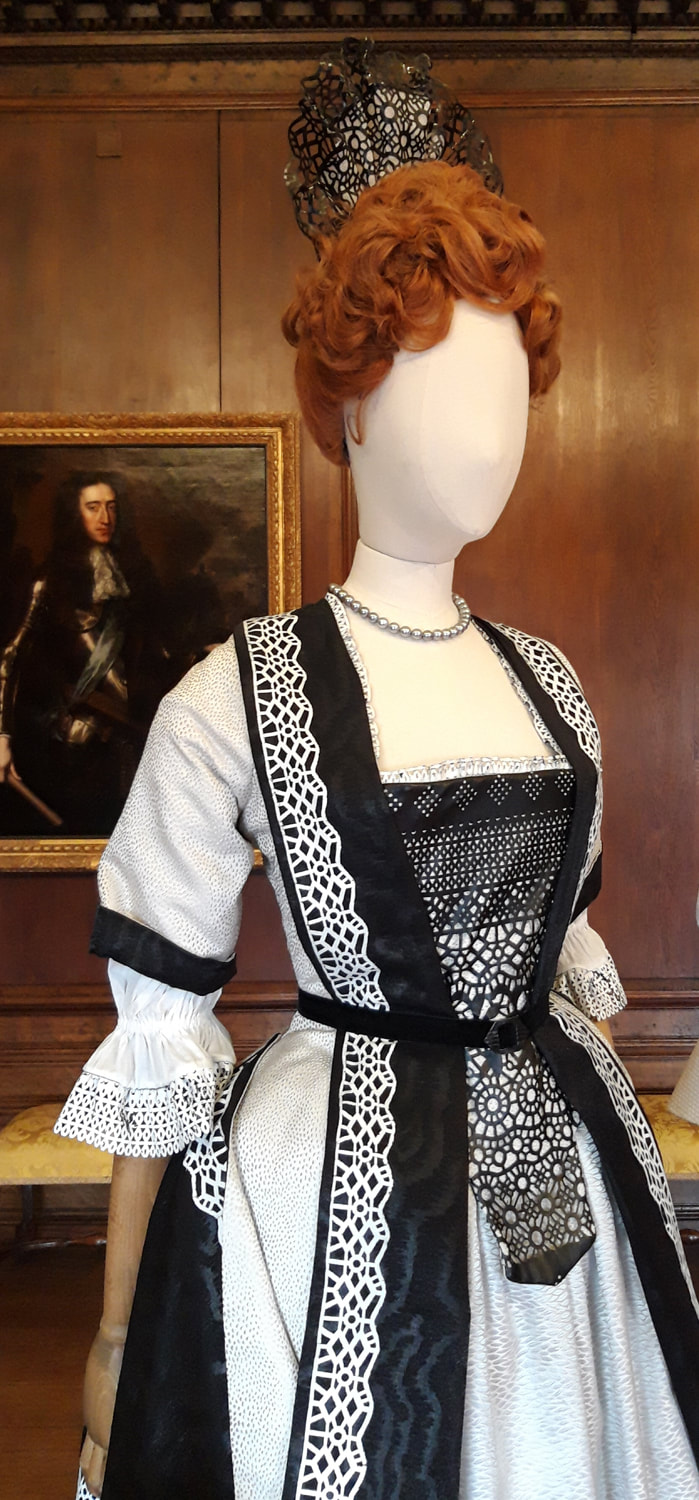
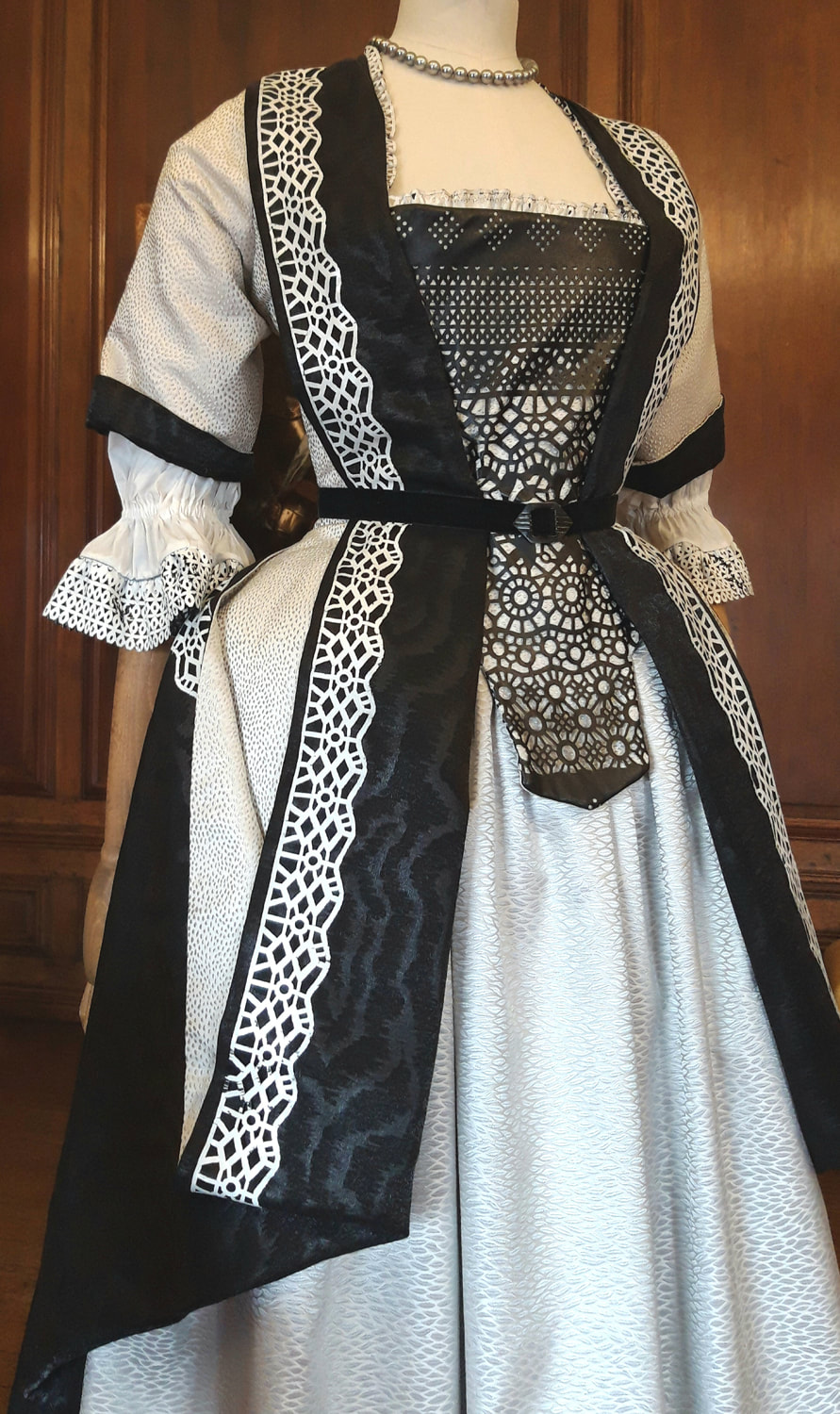
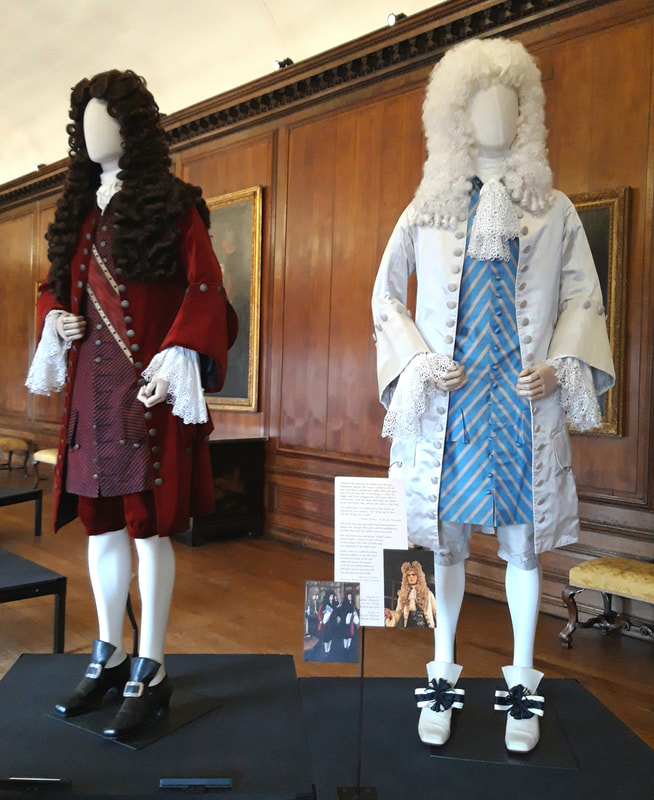
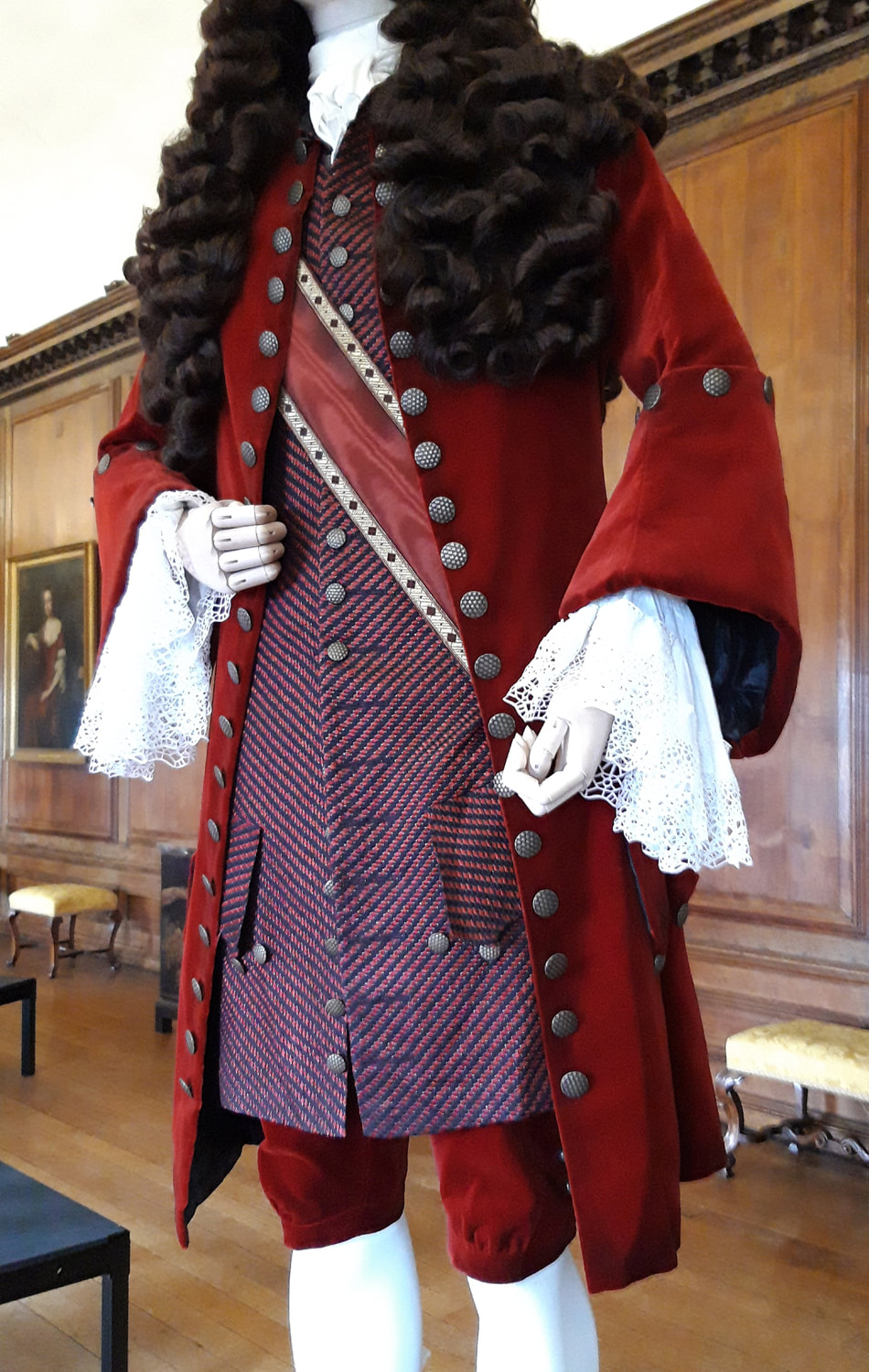
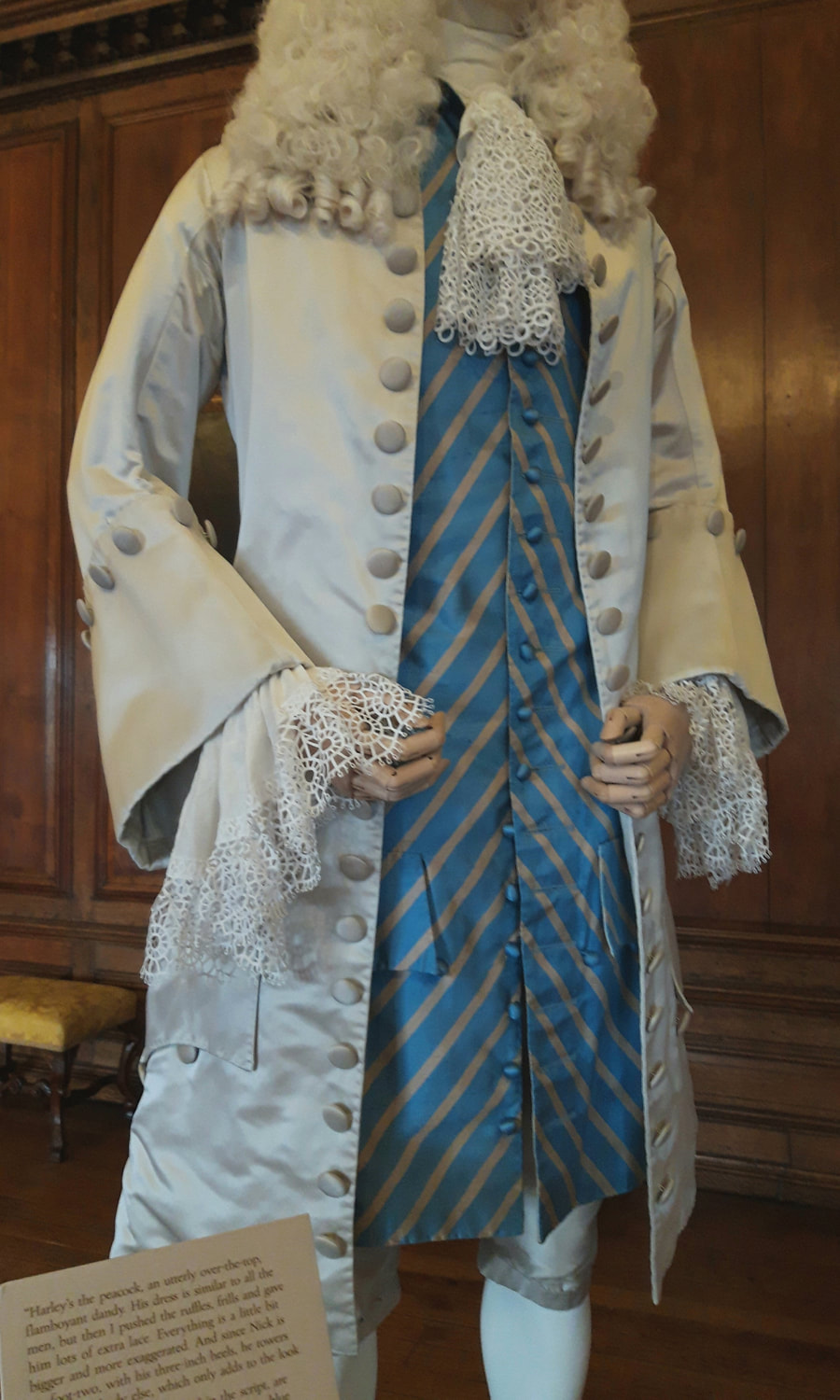
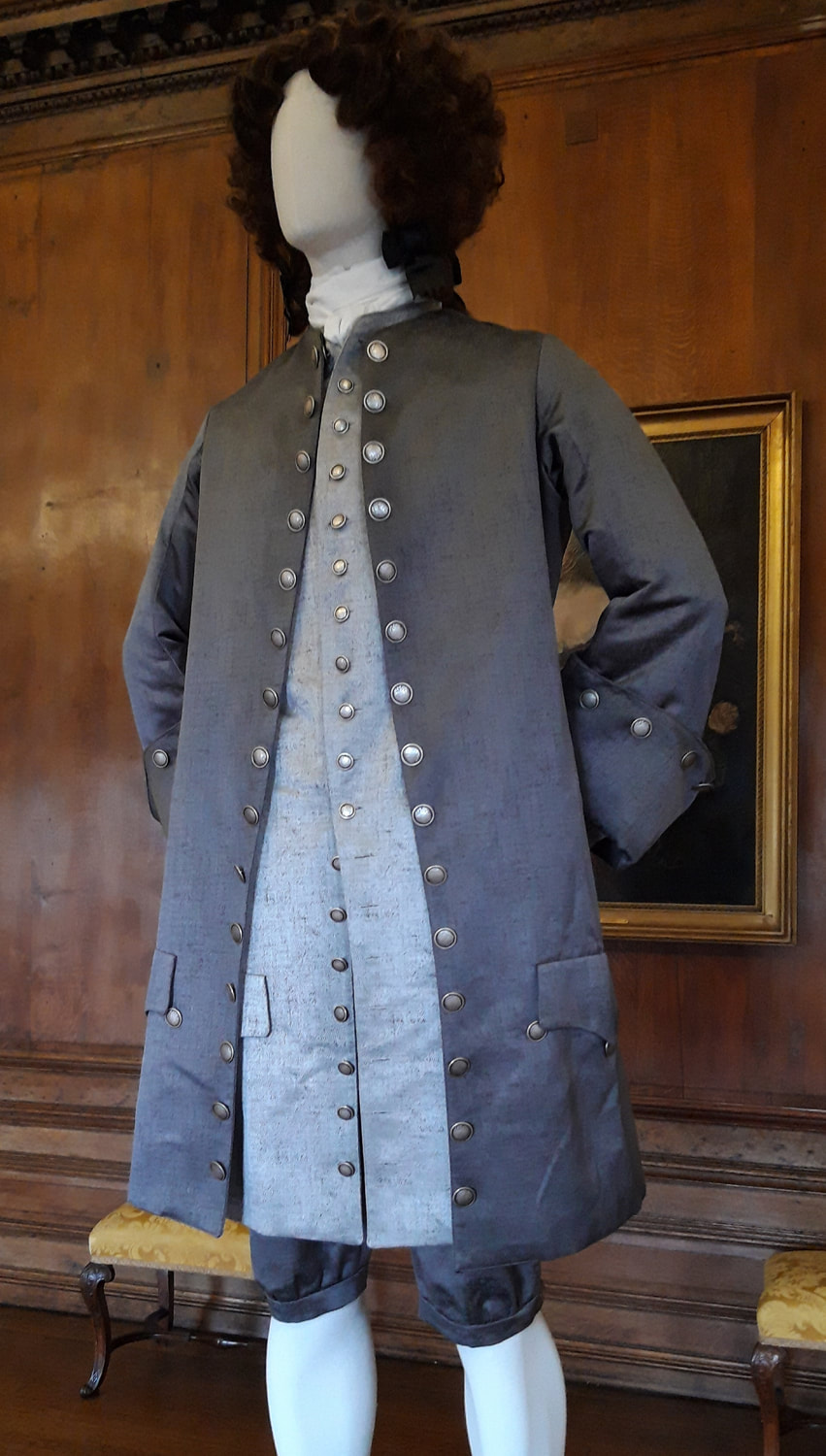
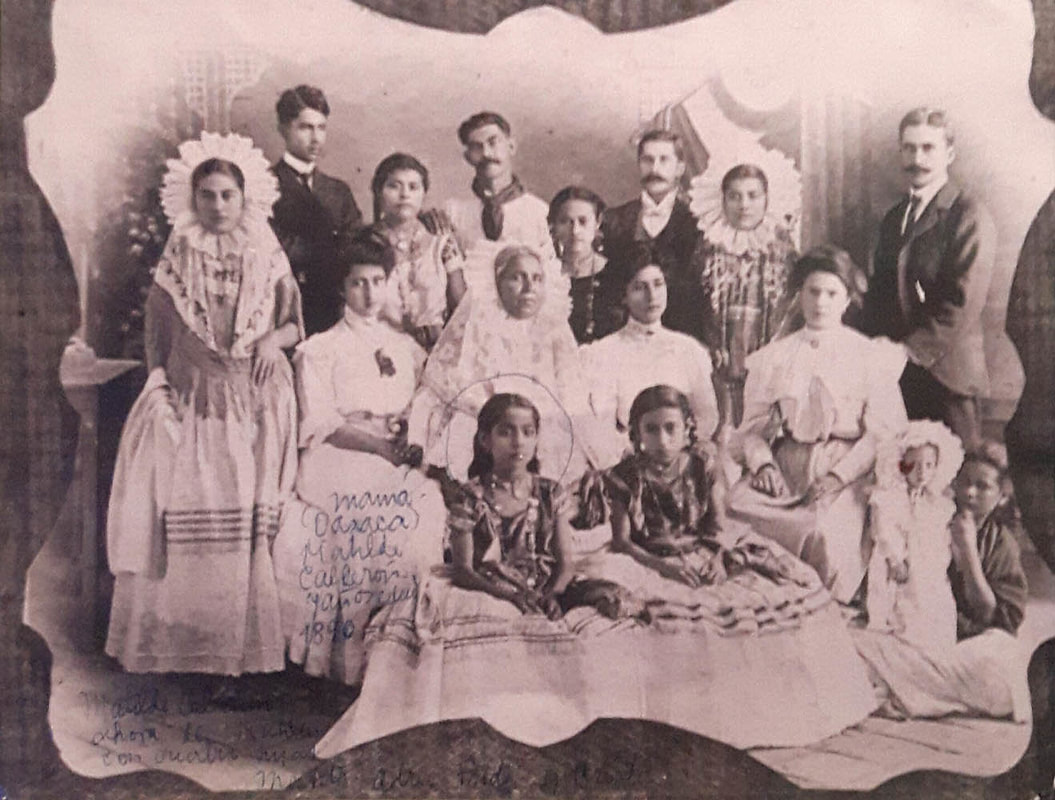
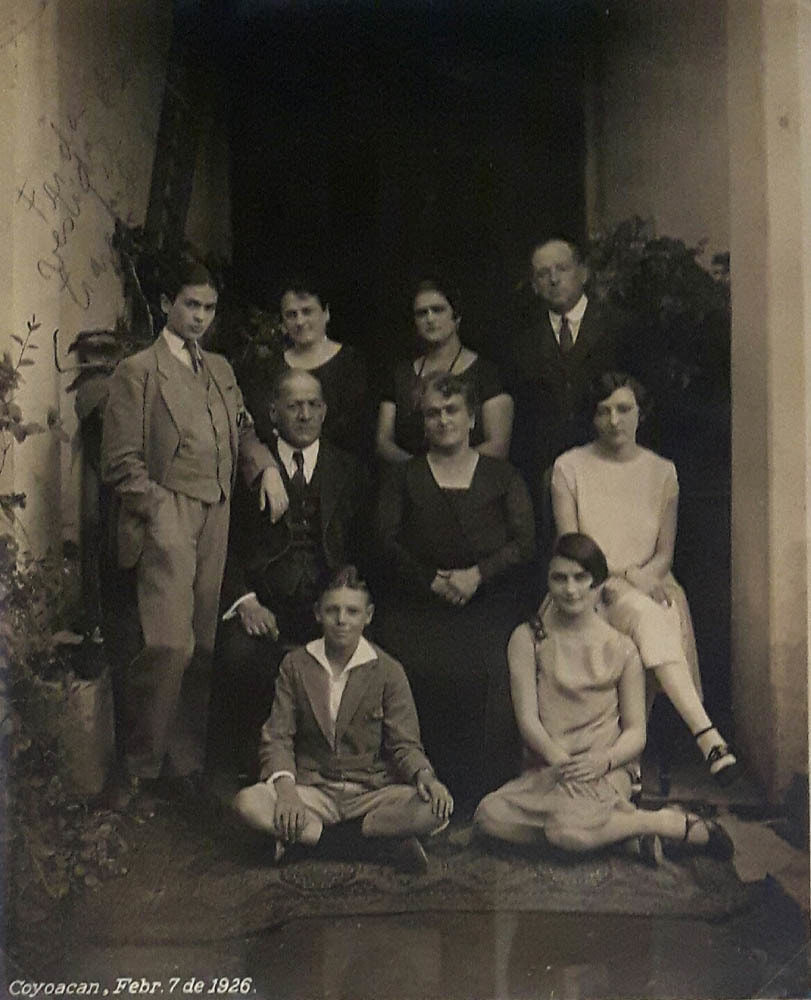
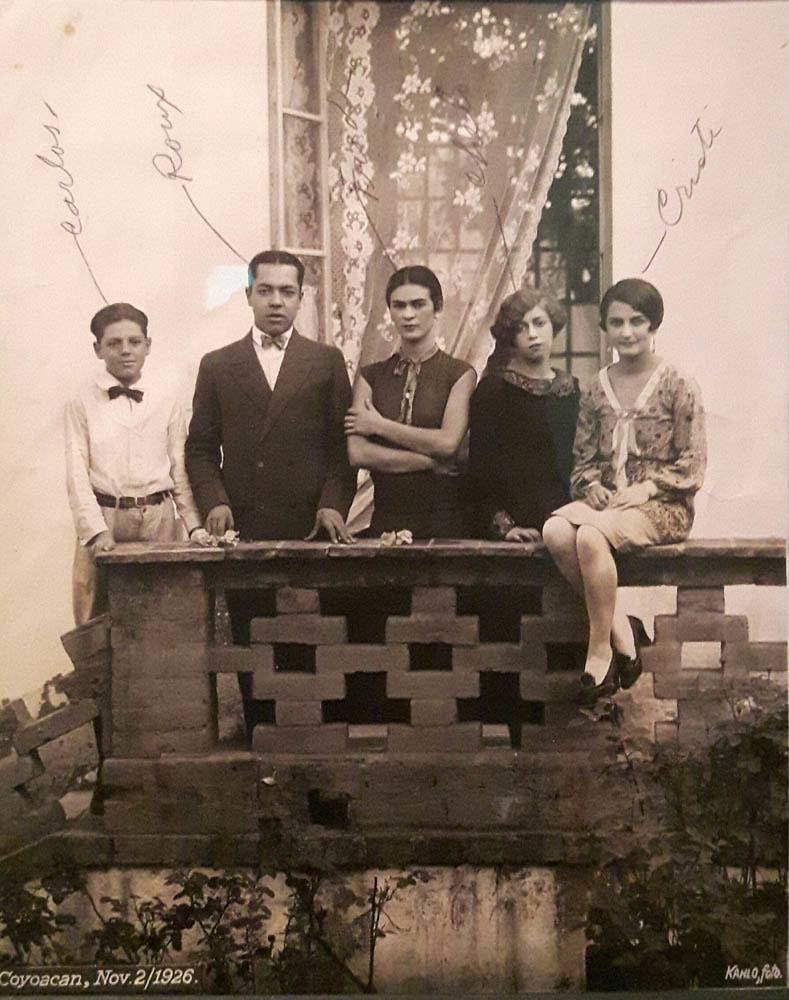
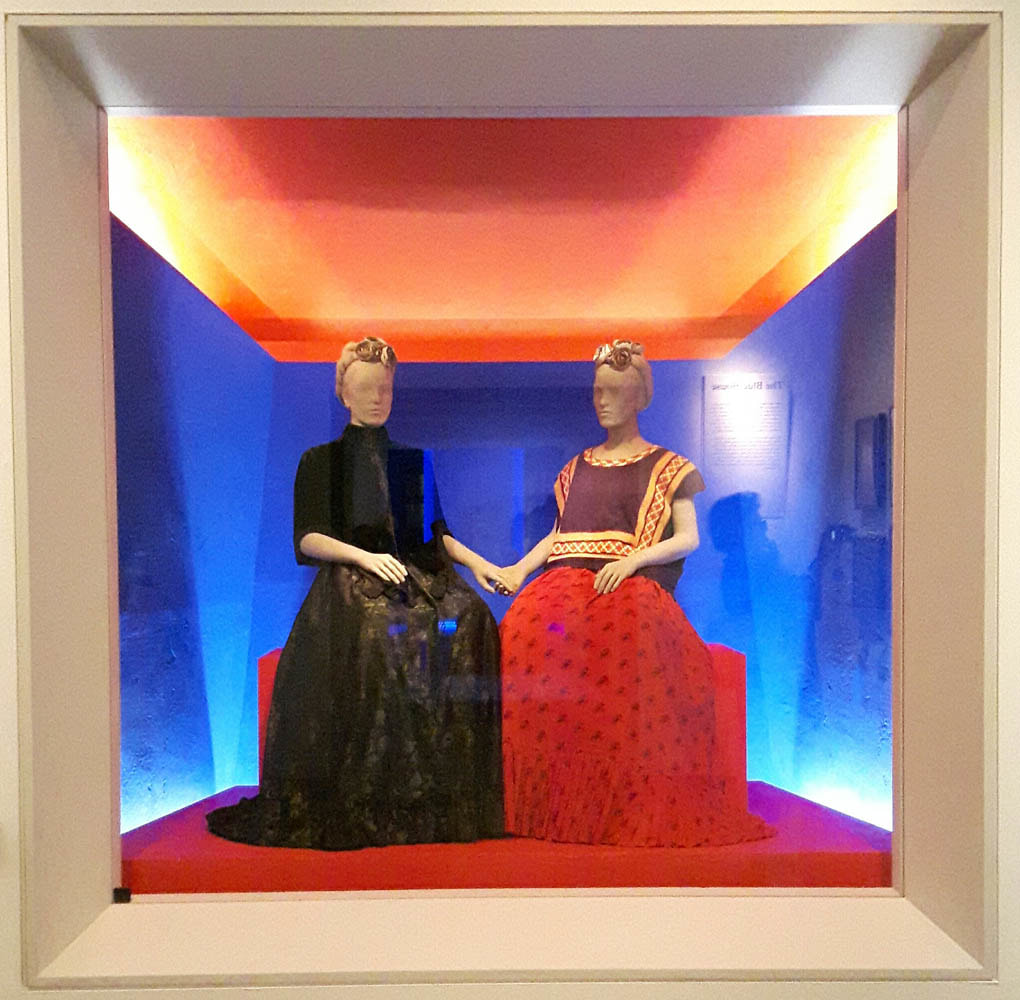
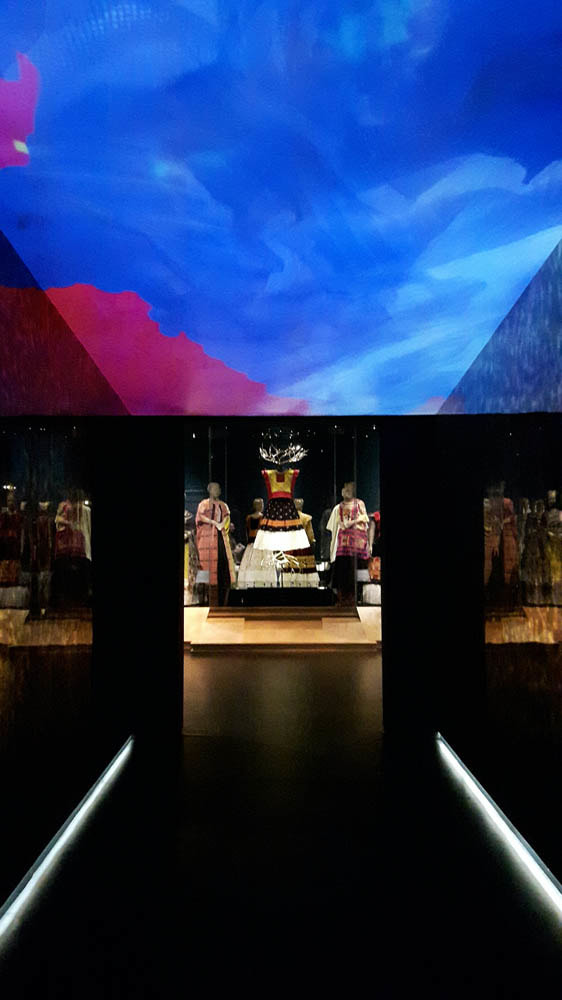
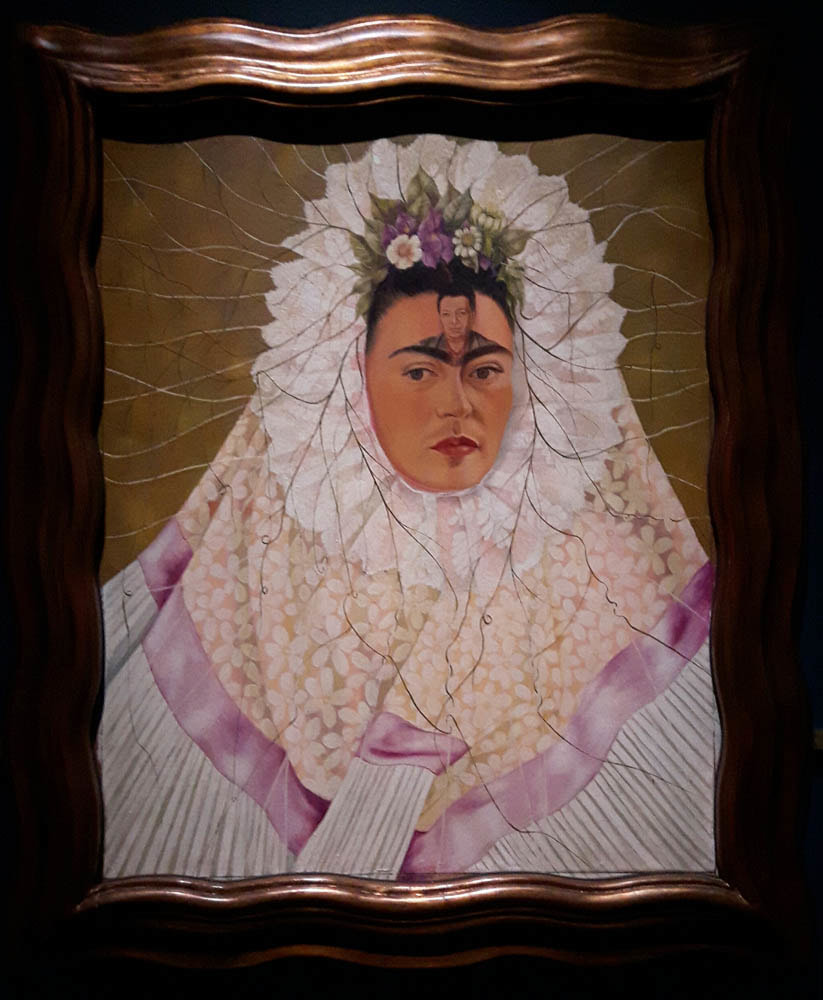
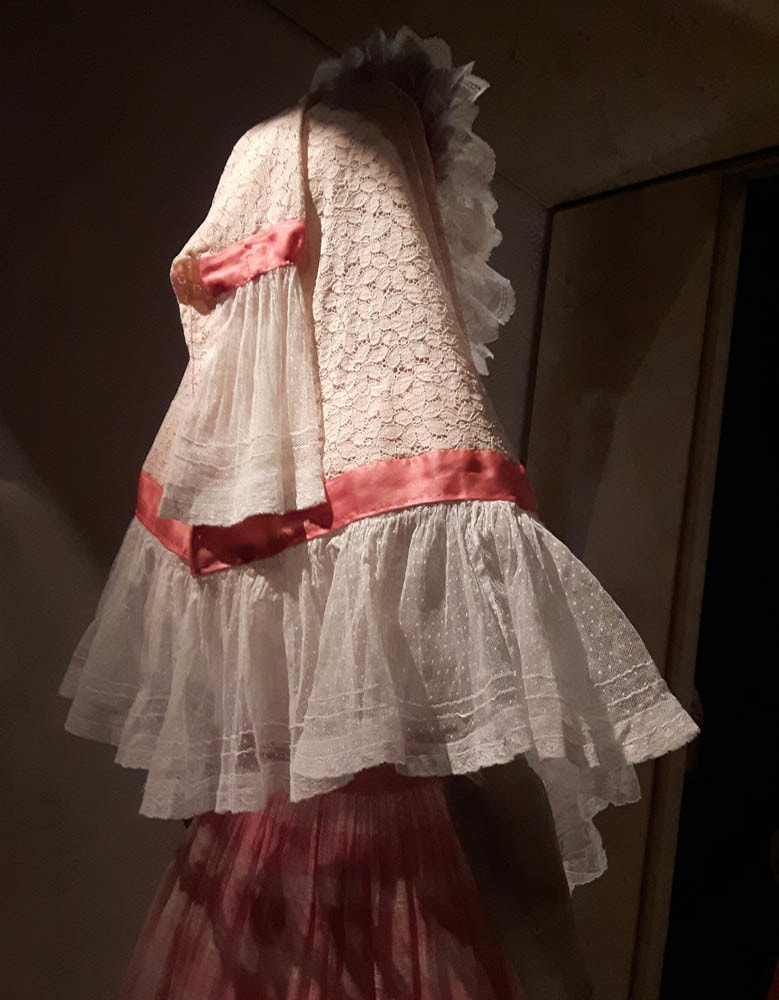
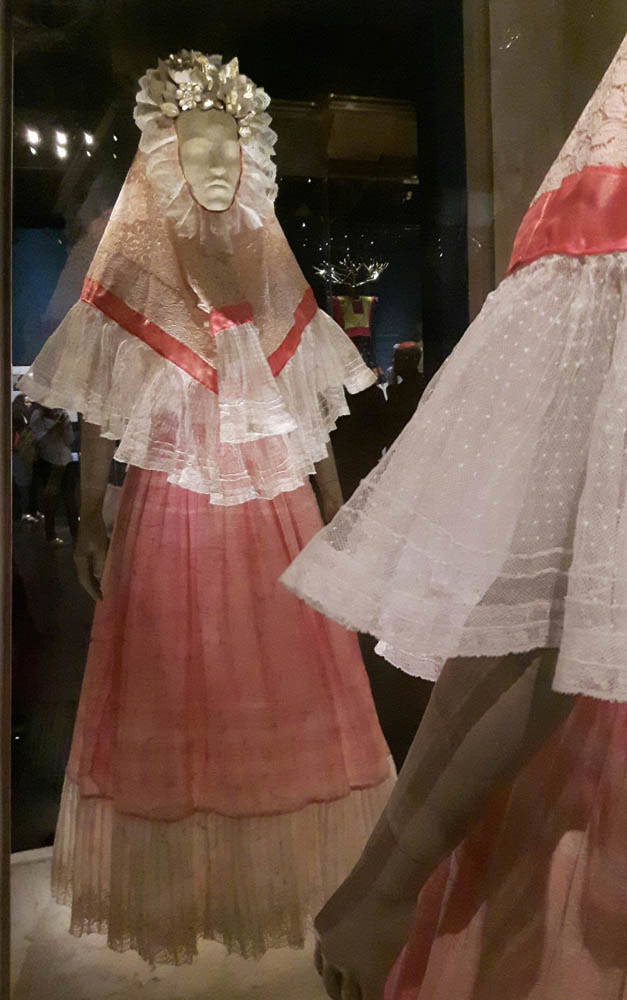
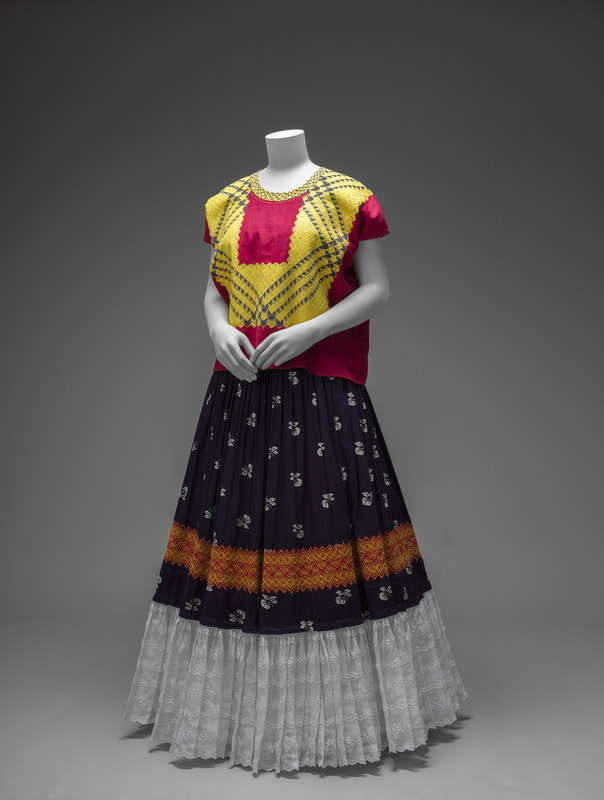
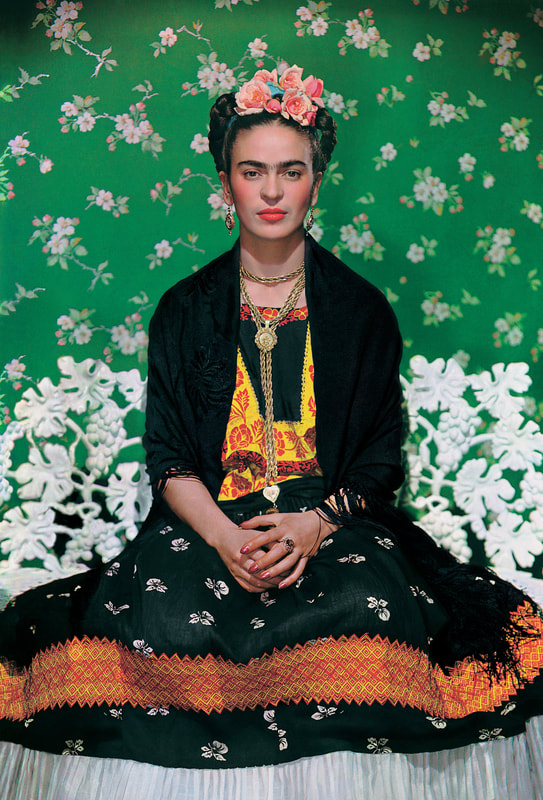
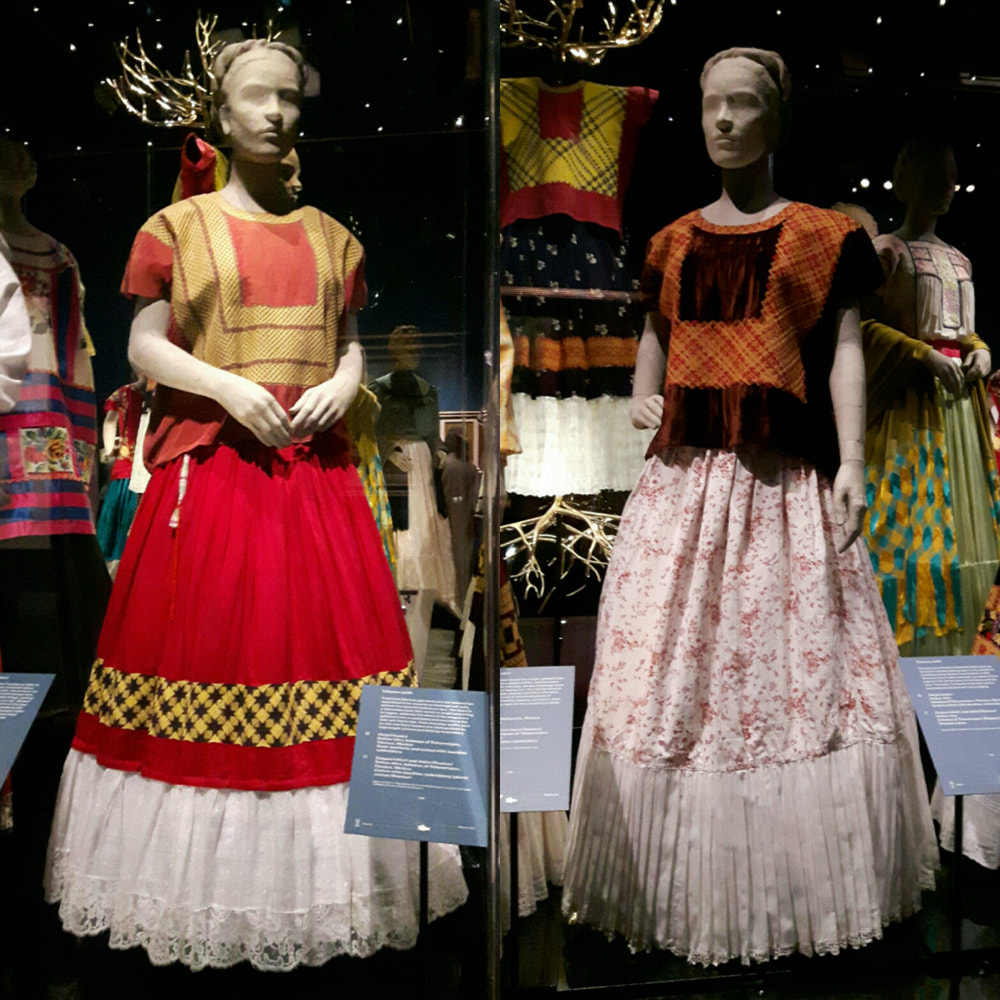
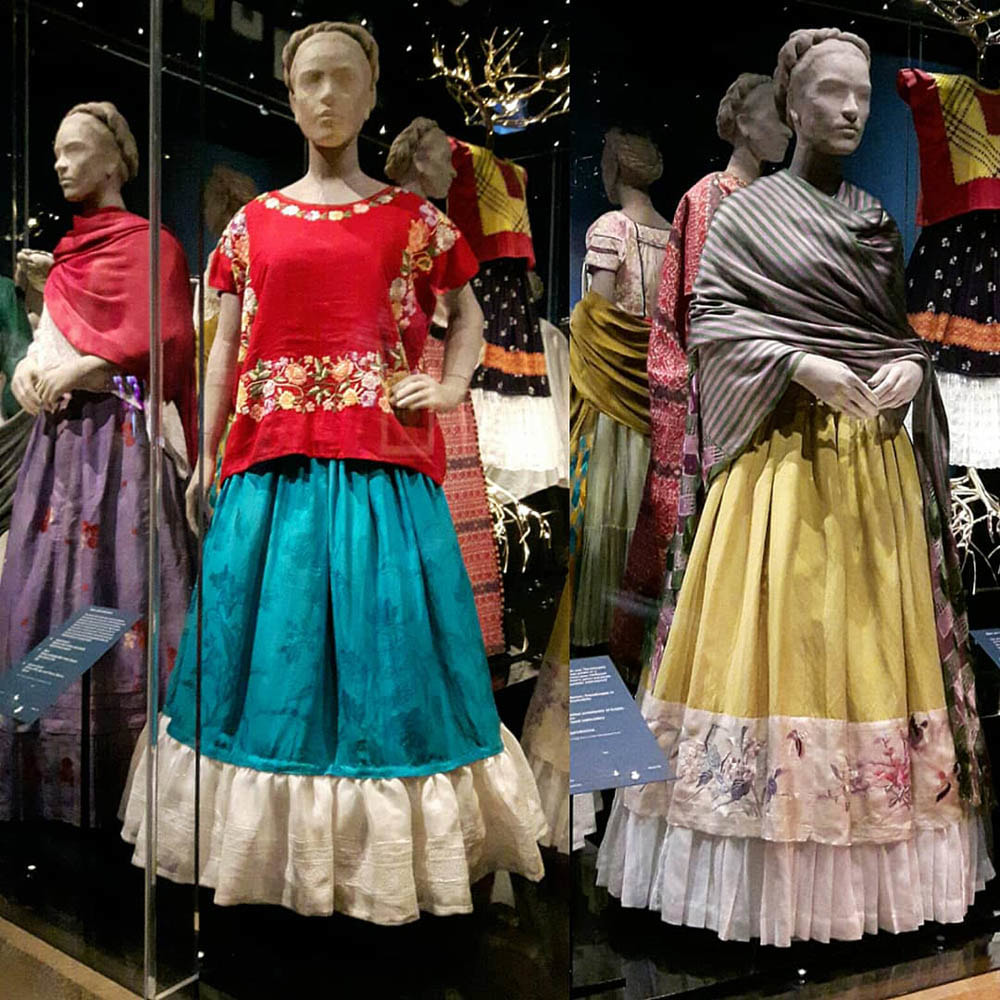

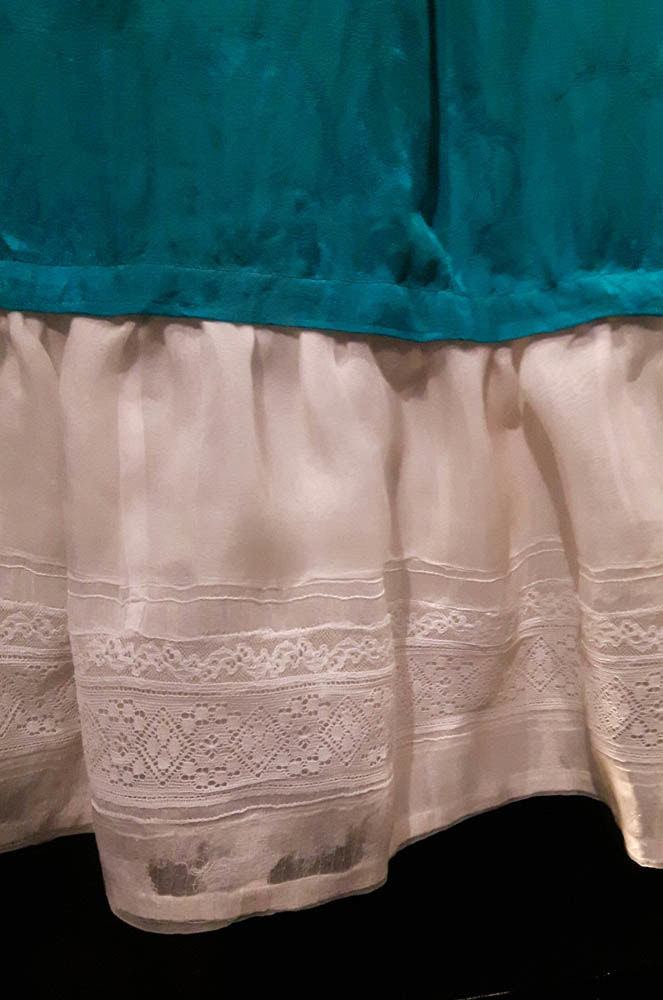

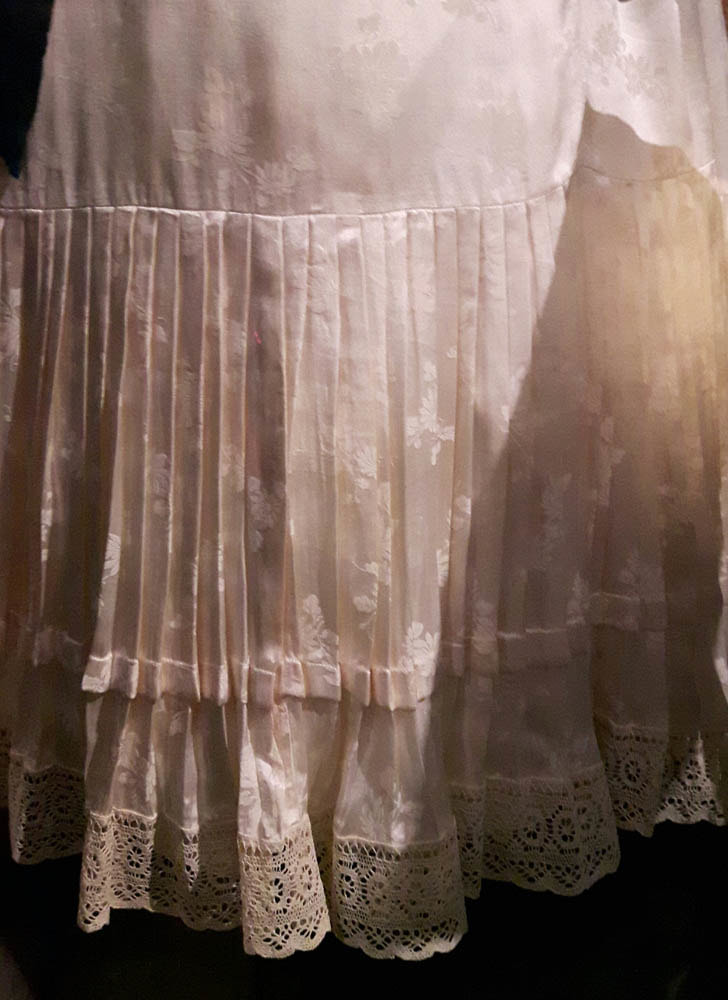
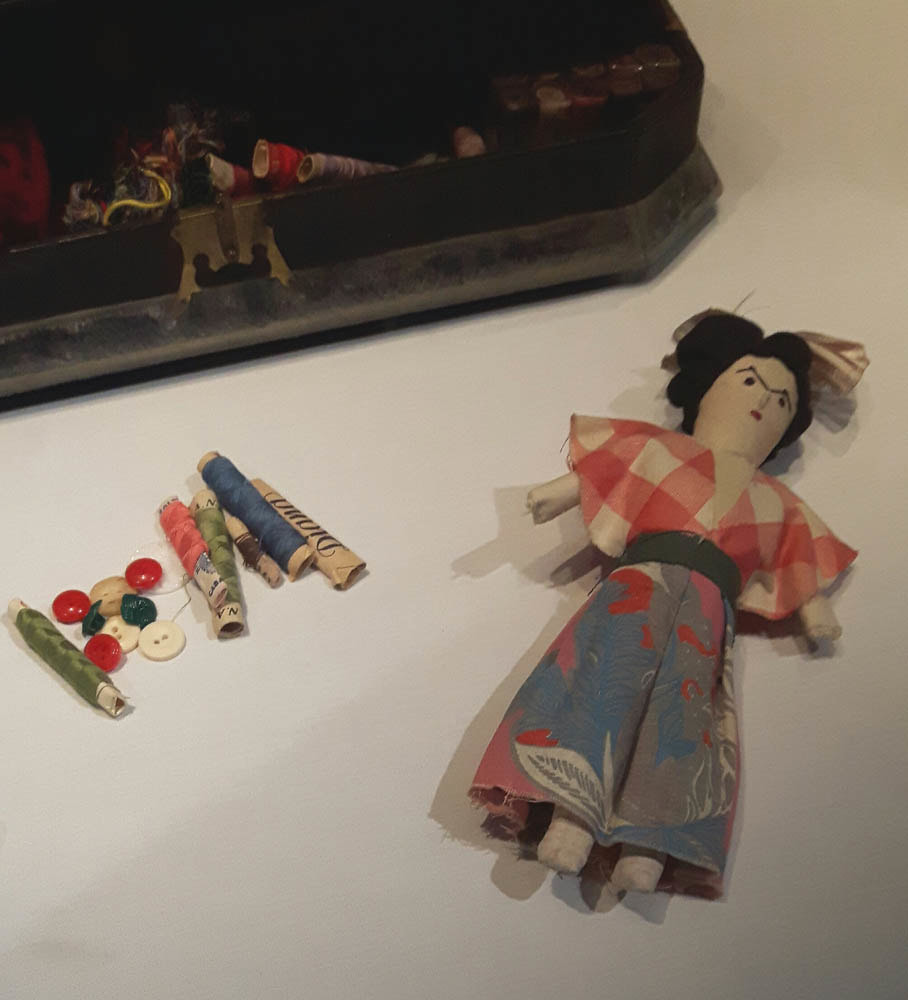

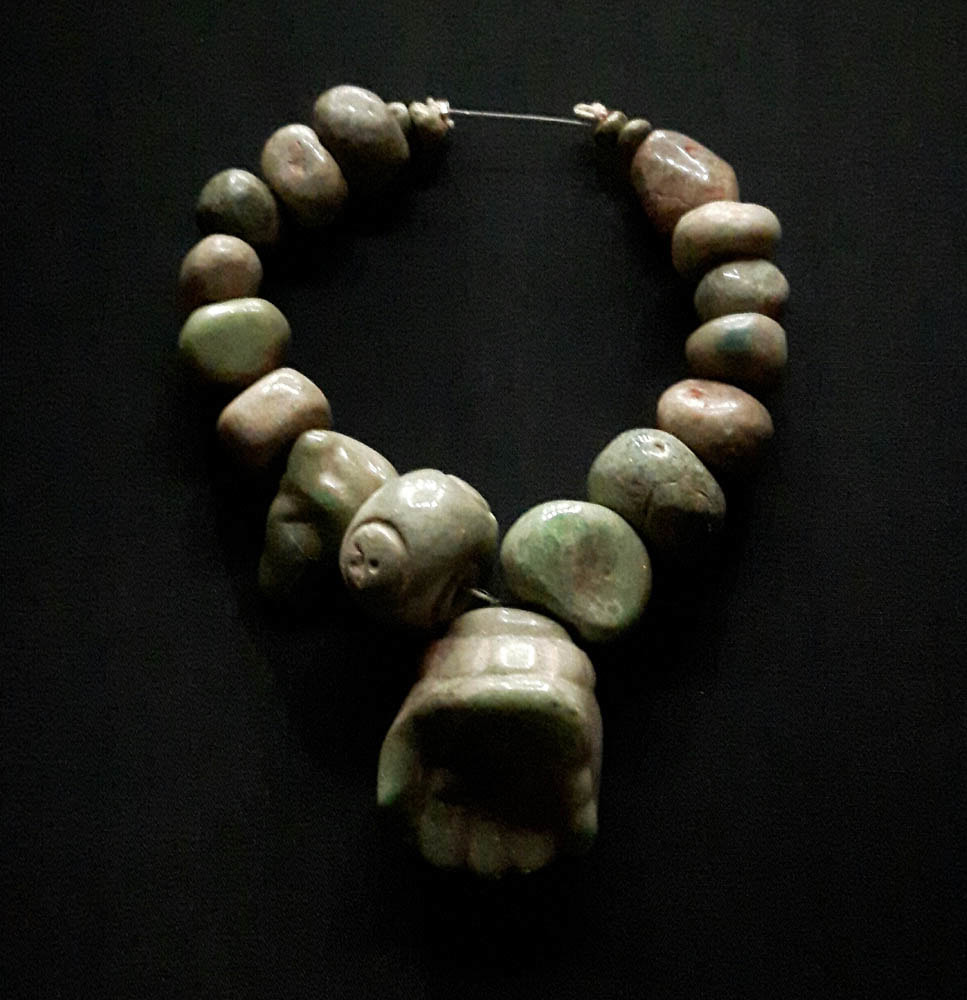
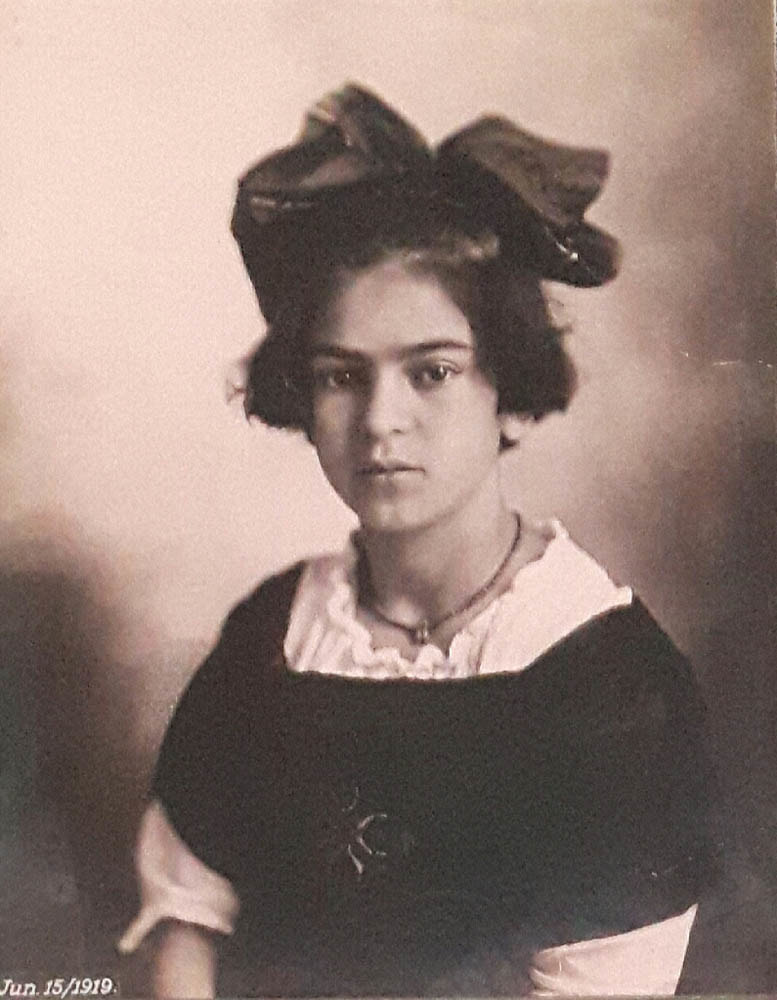
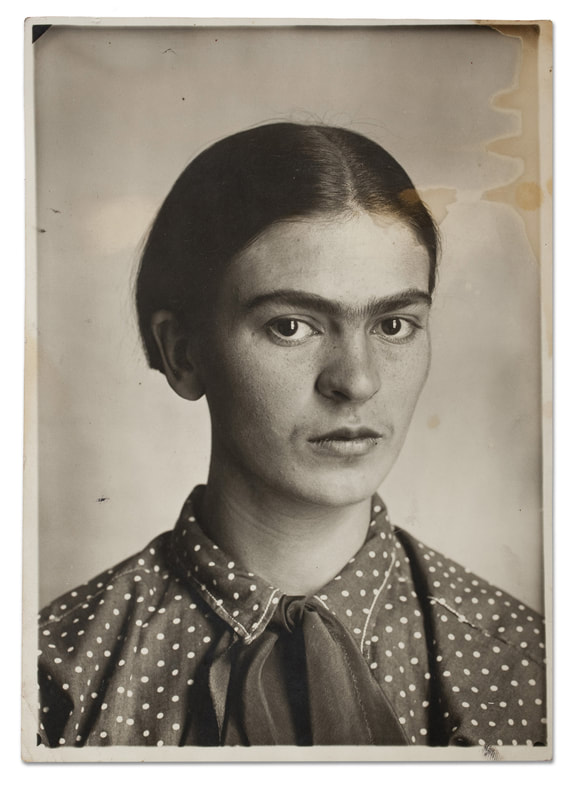
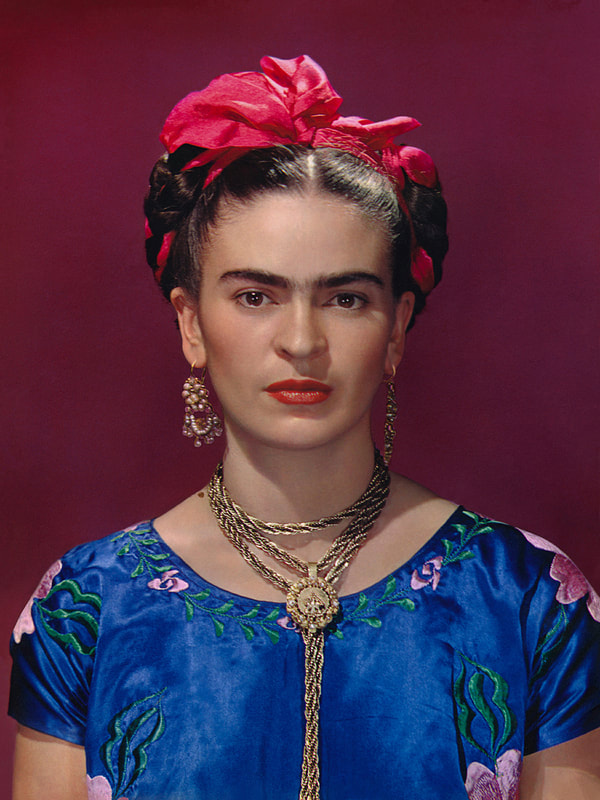
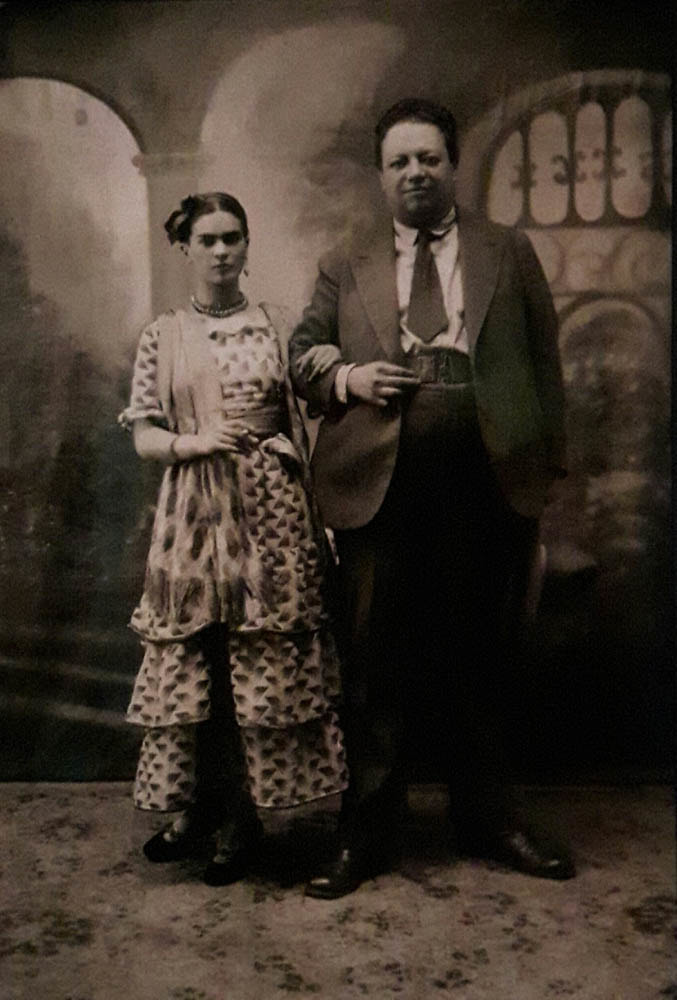
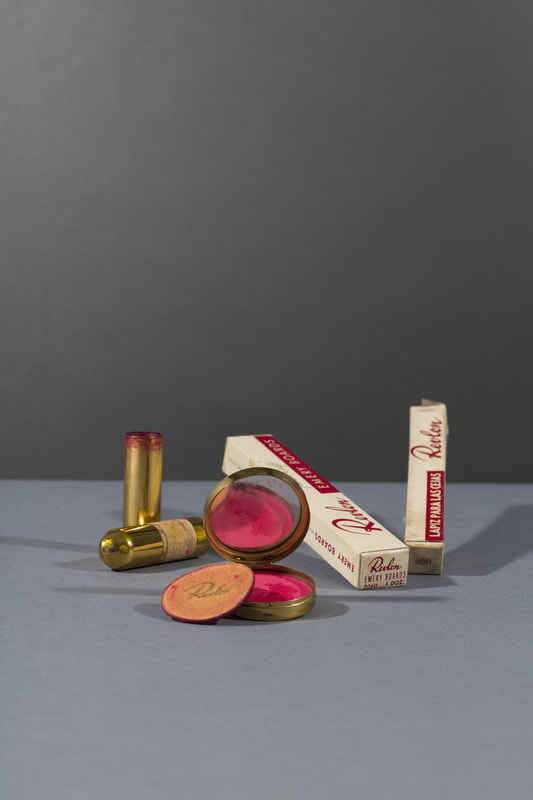
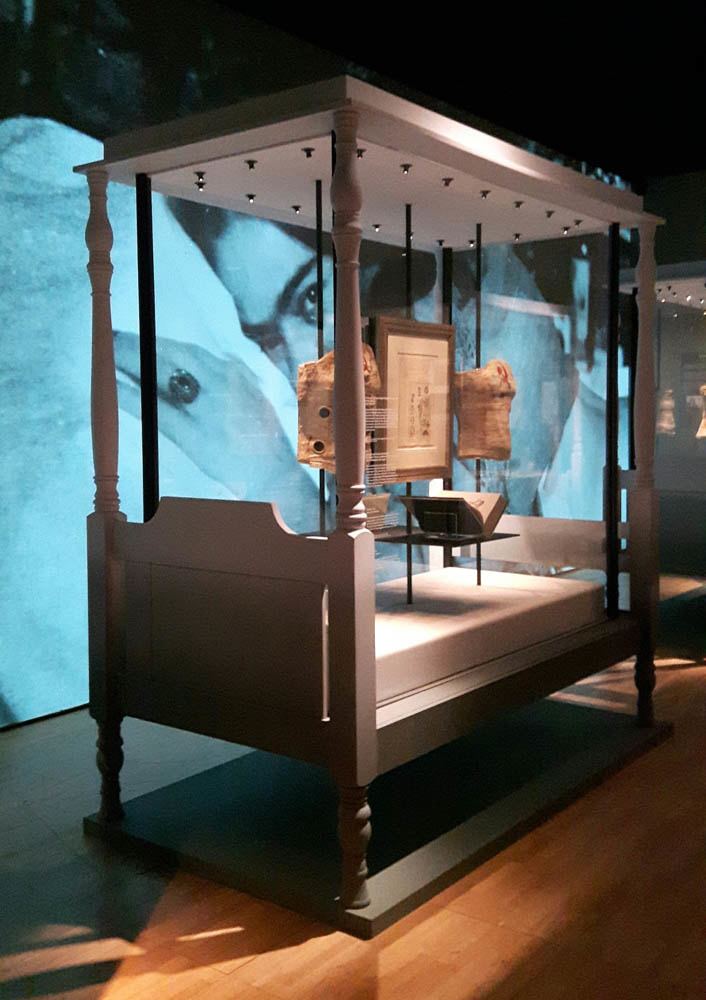
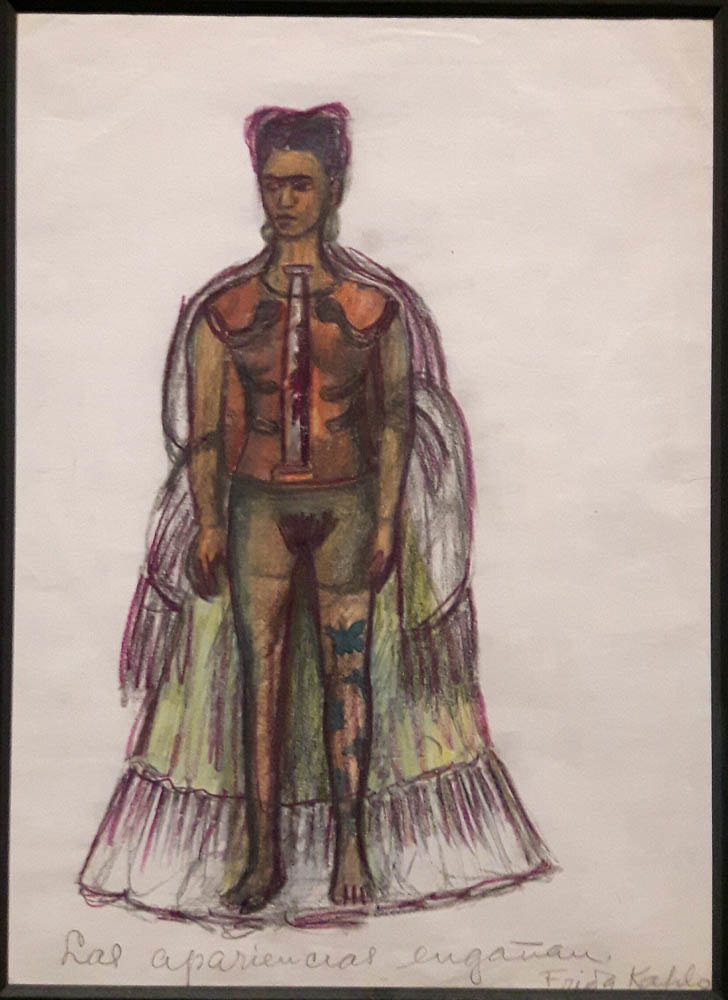
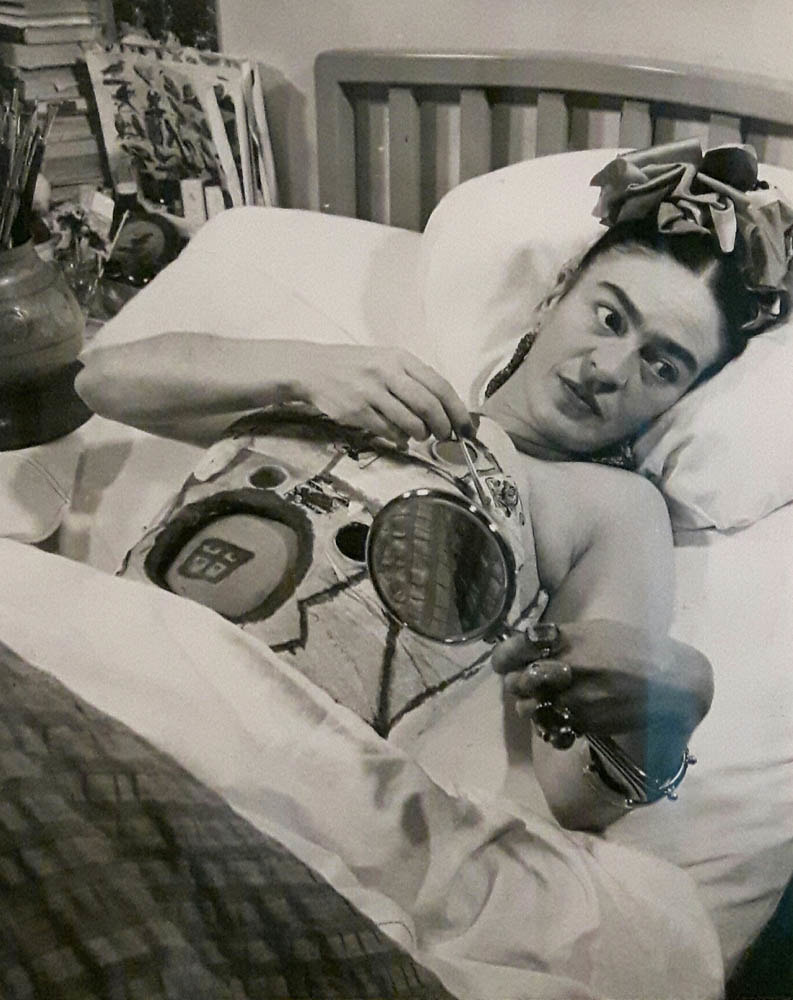
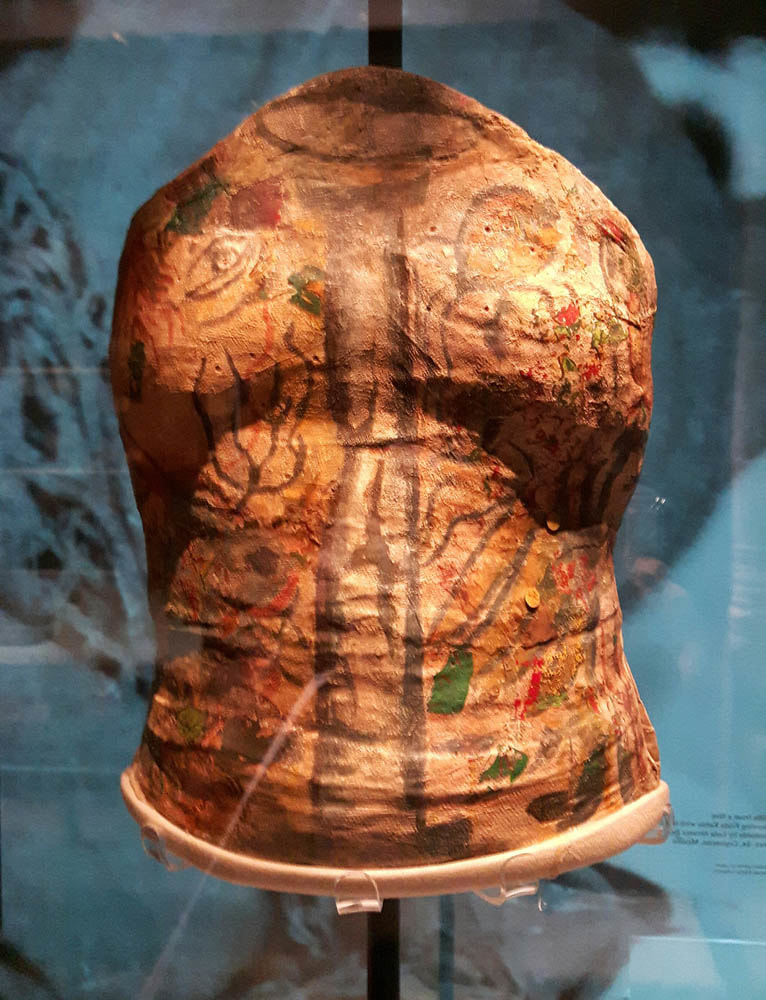
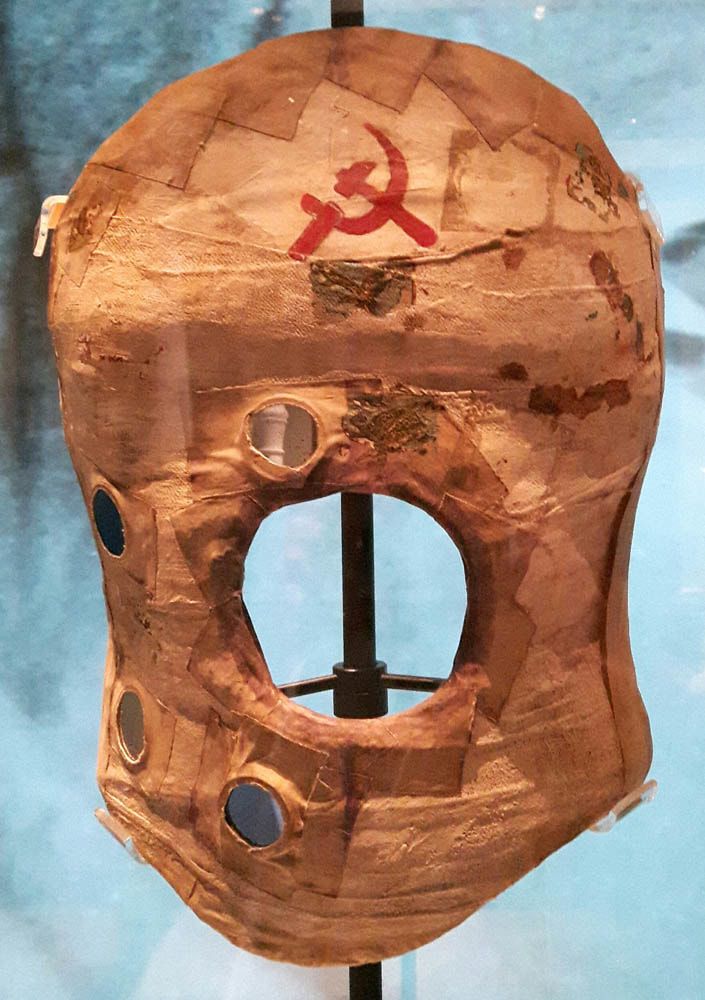
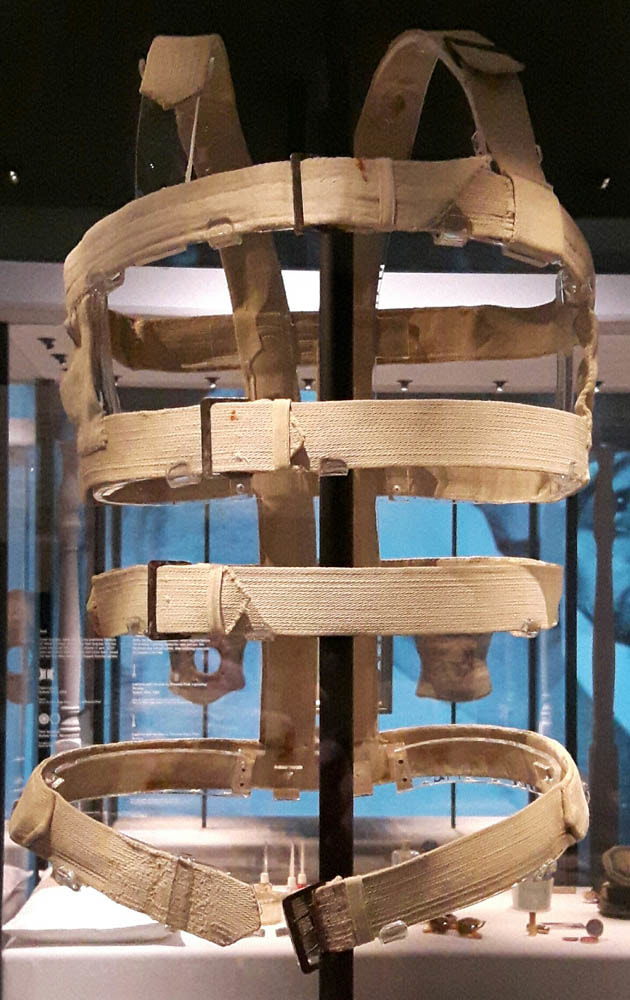
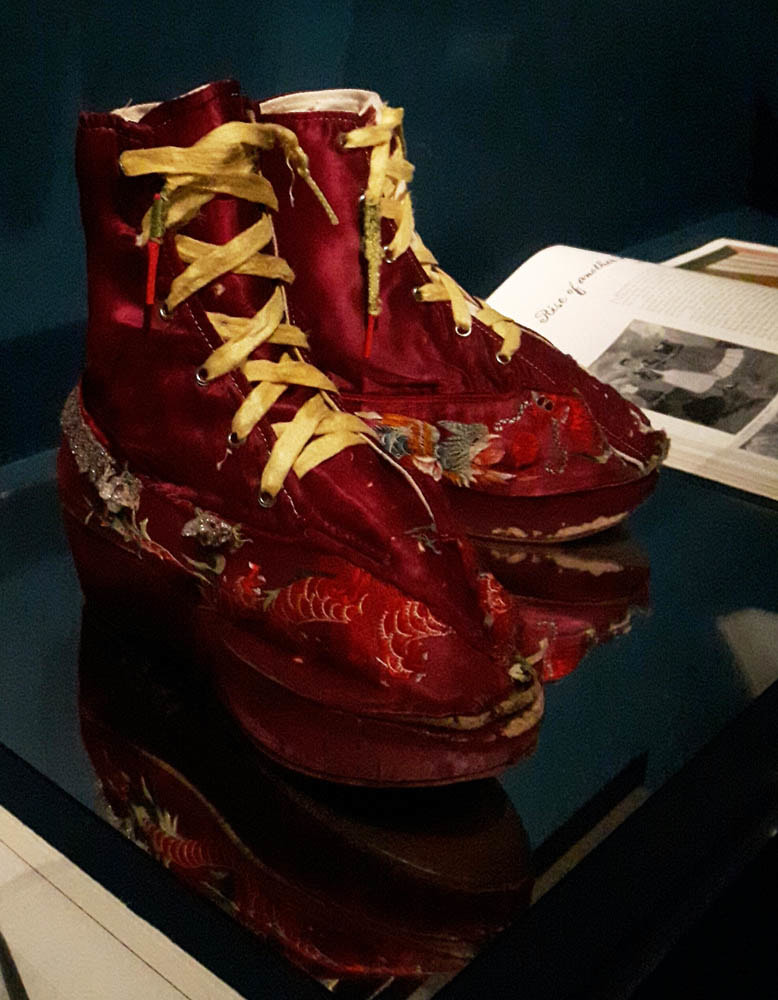
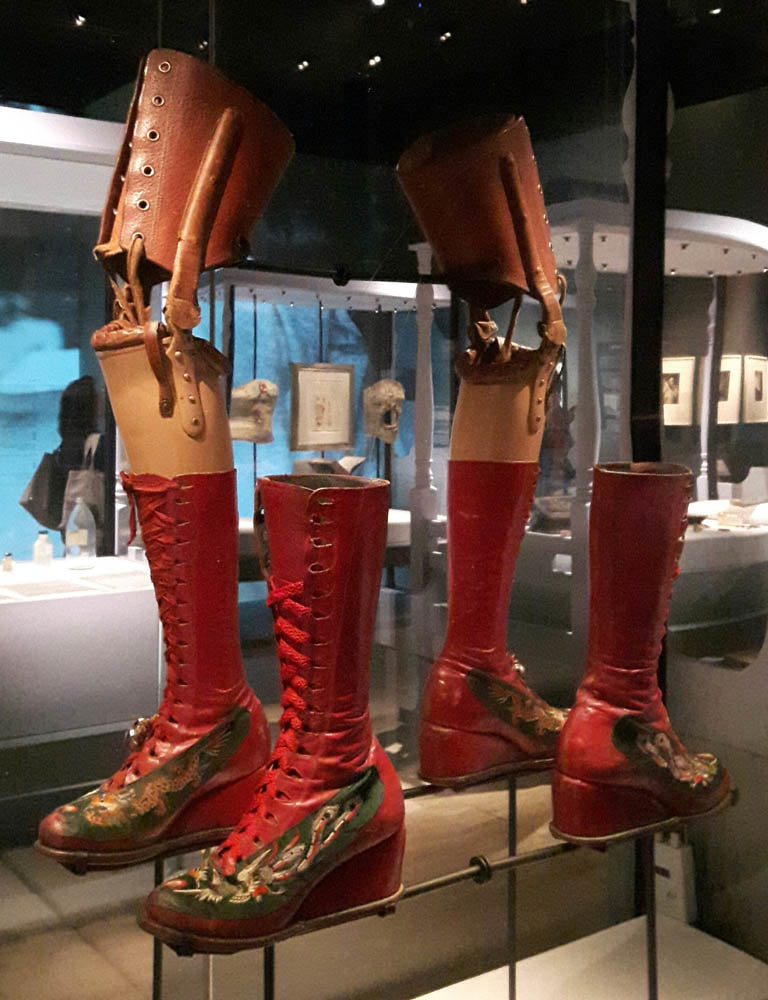
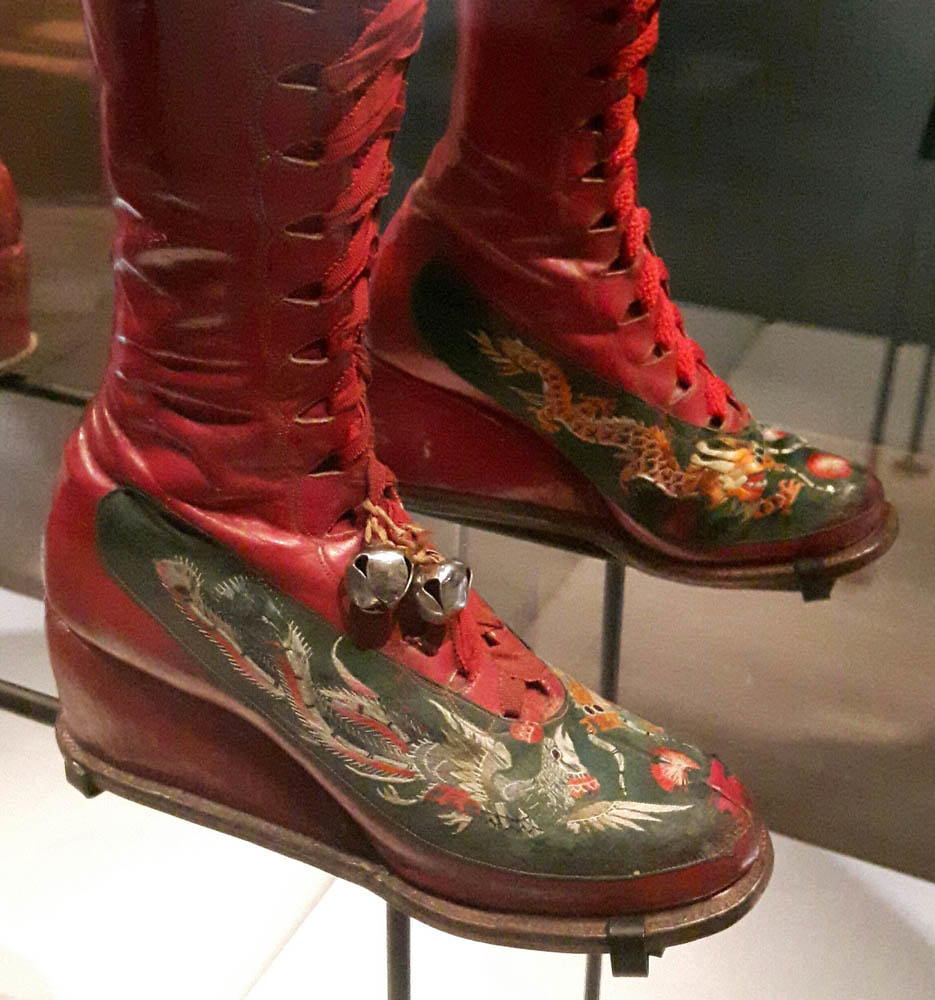
 RSS Feed
RSS Feed

